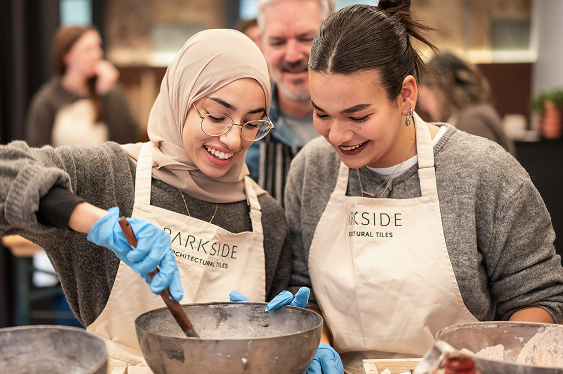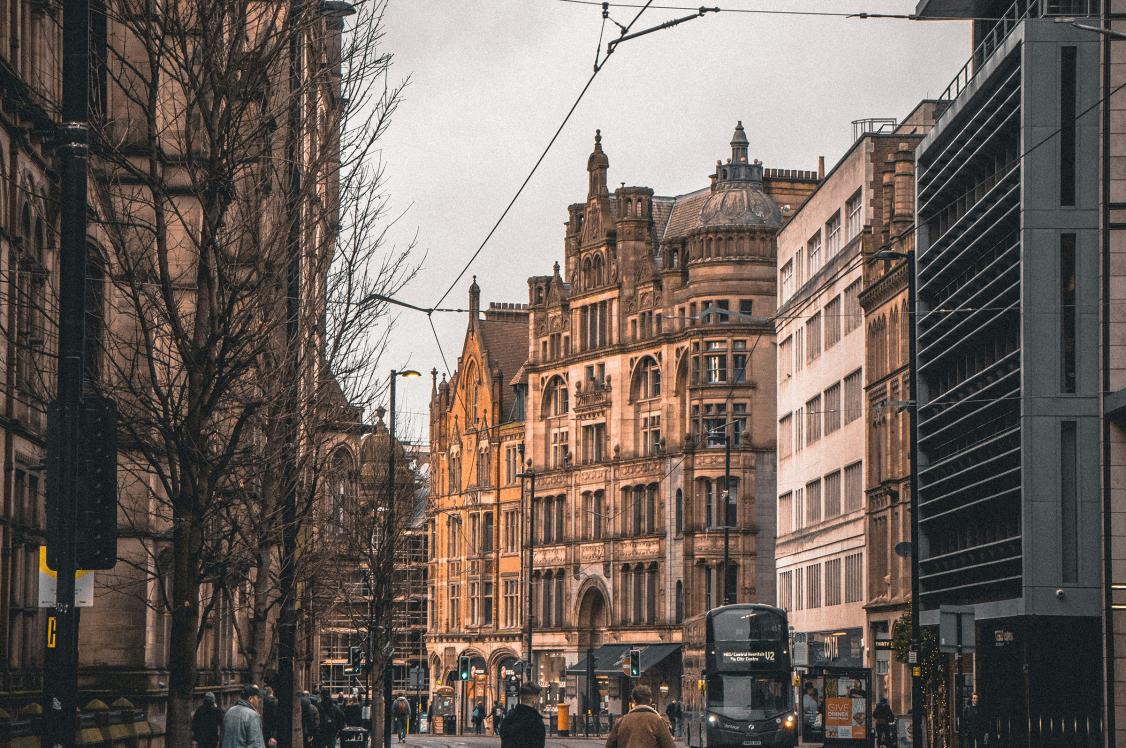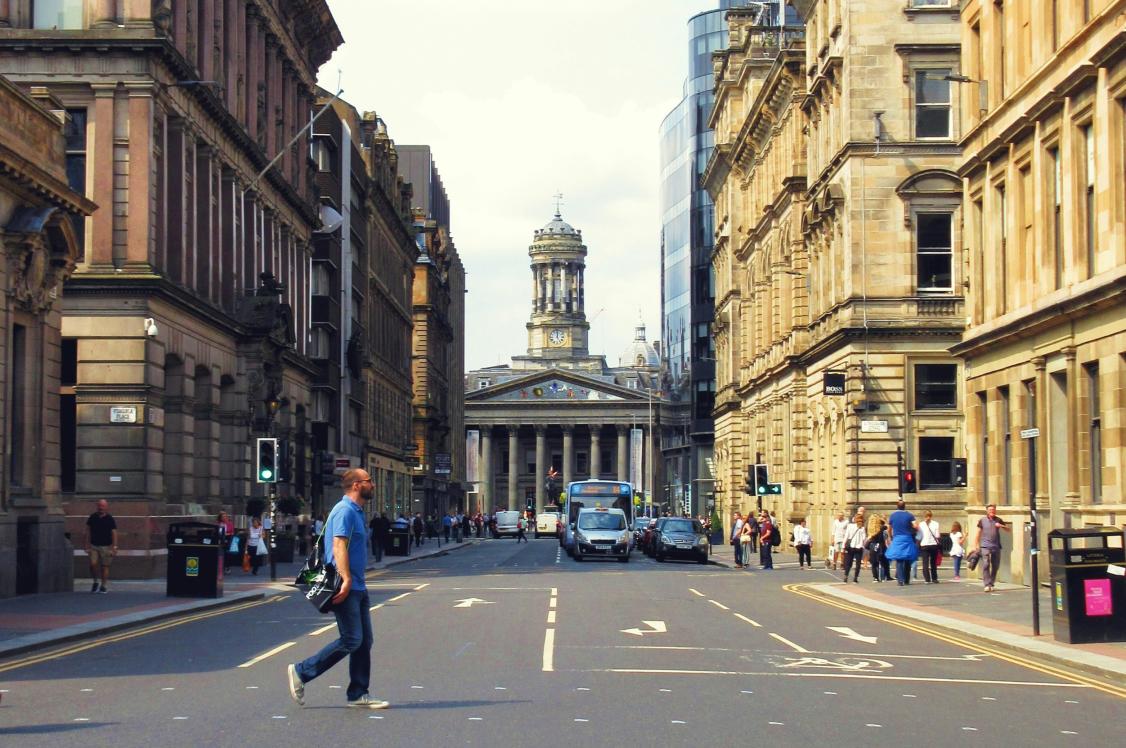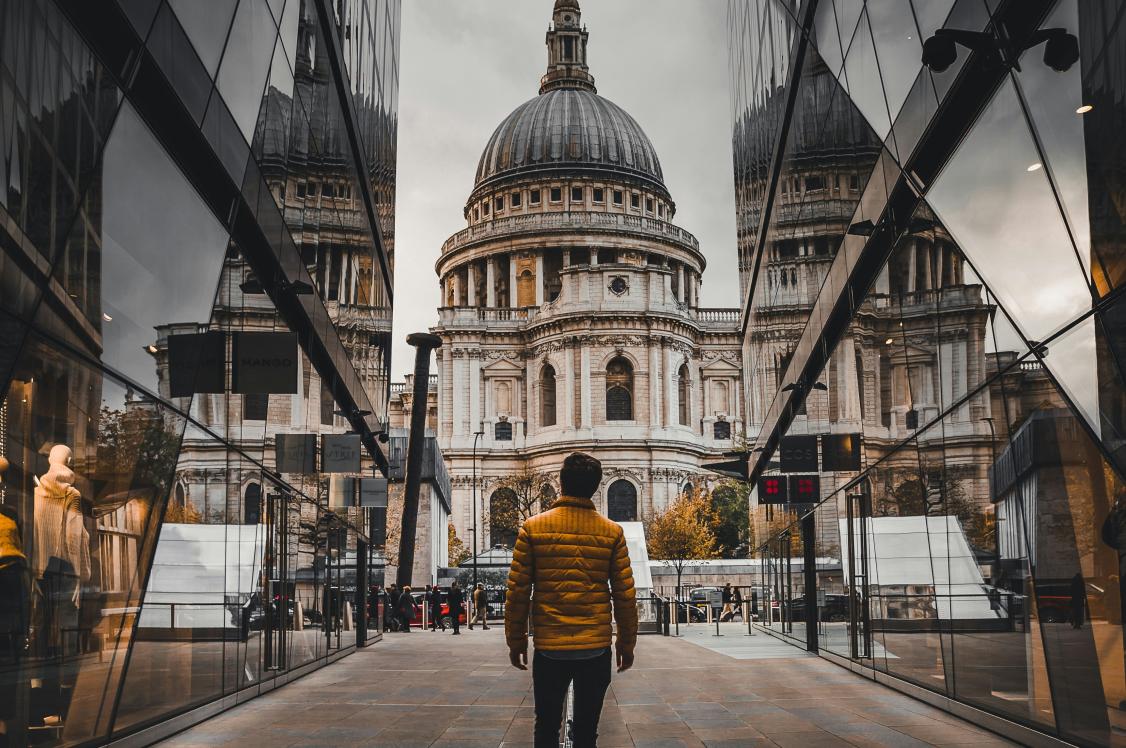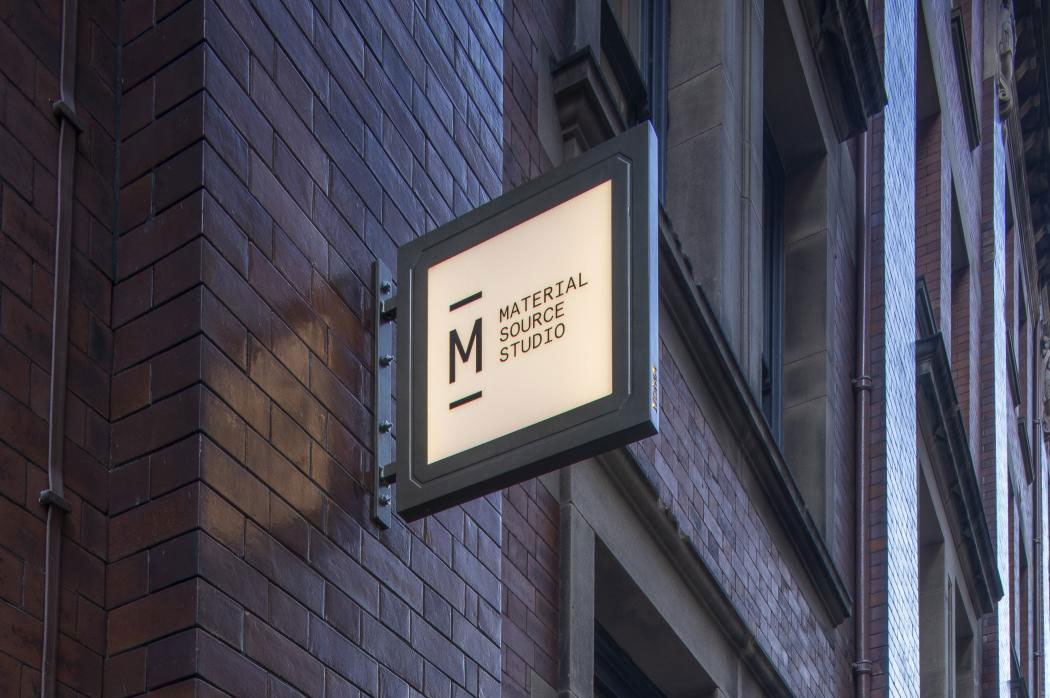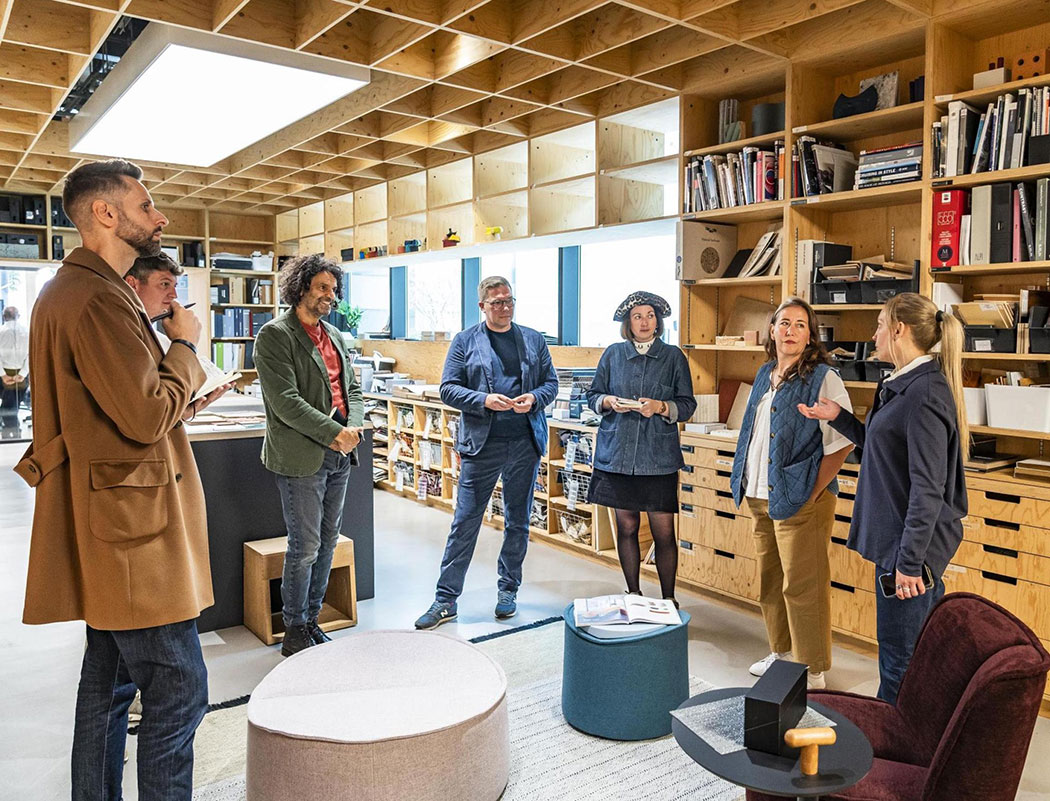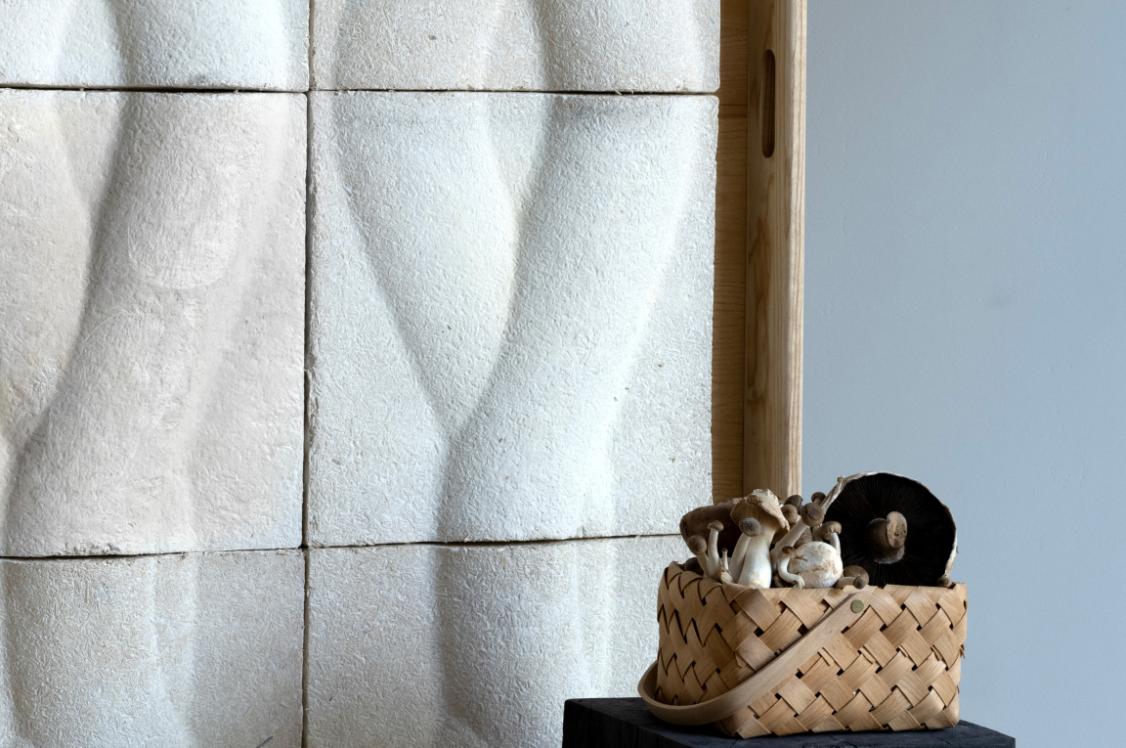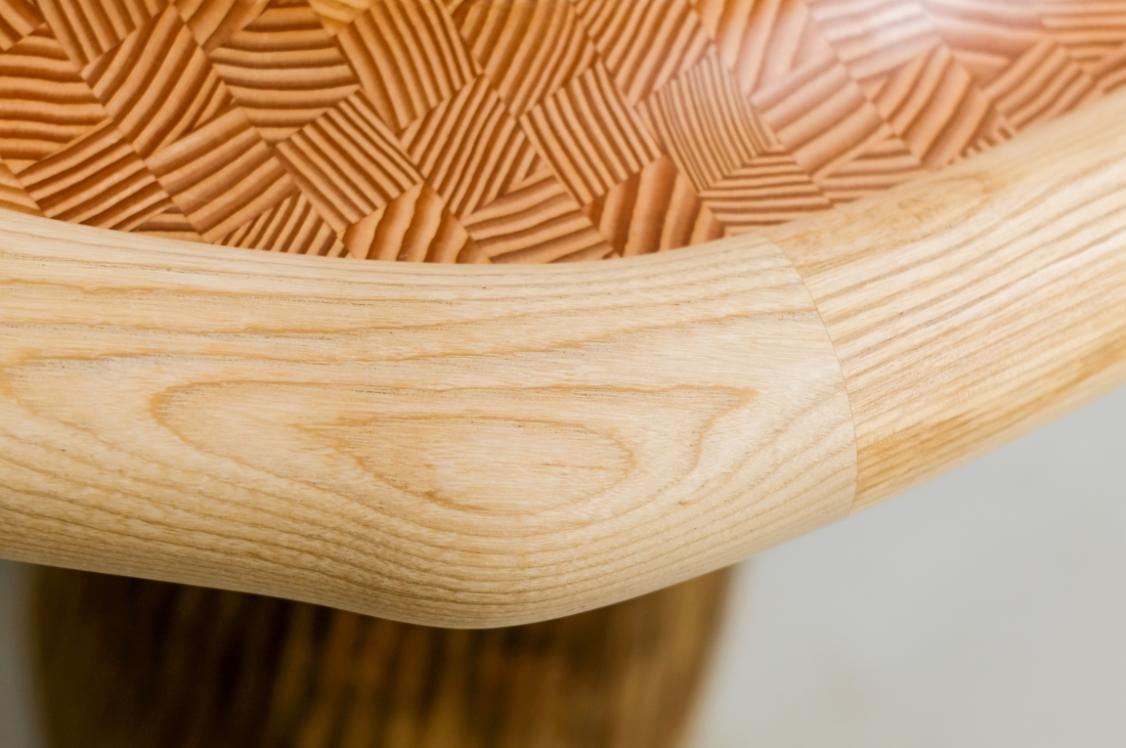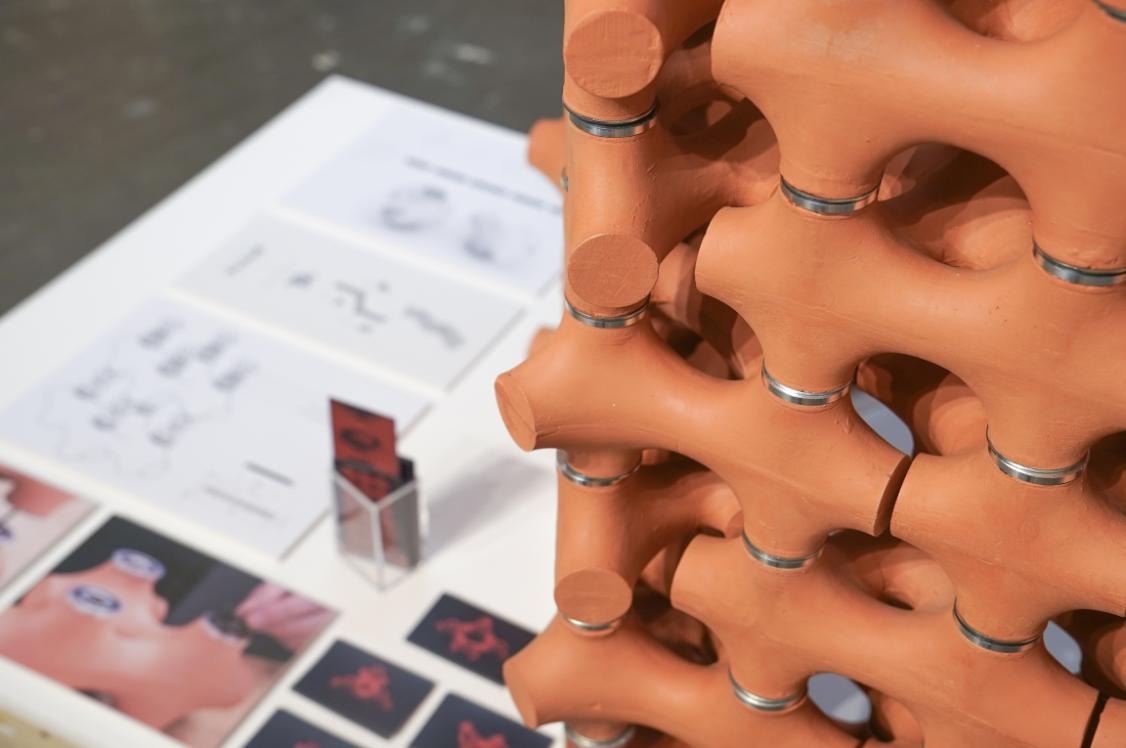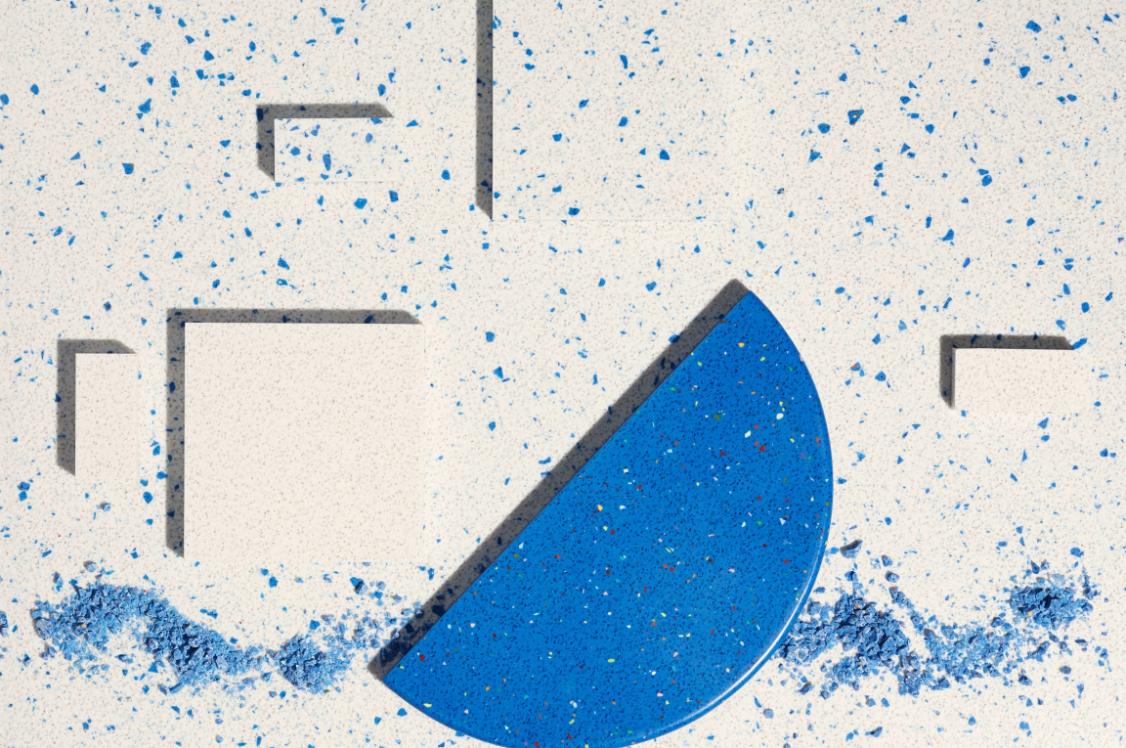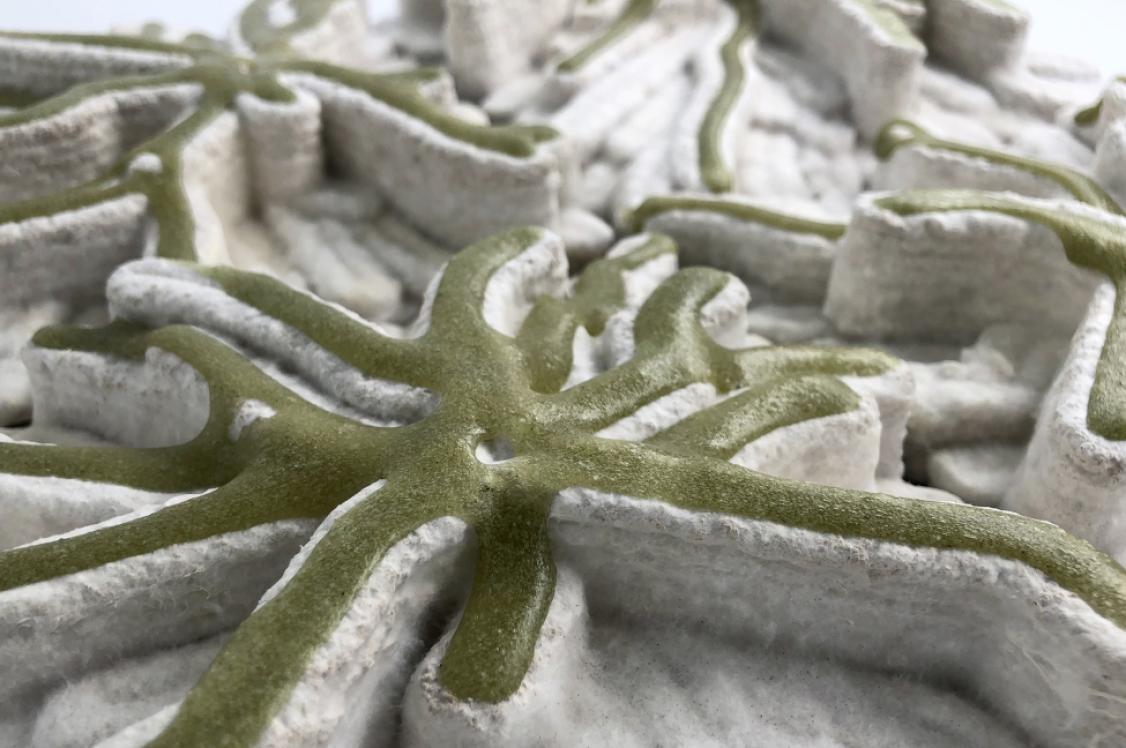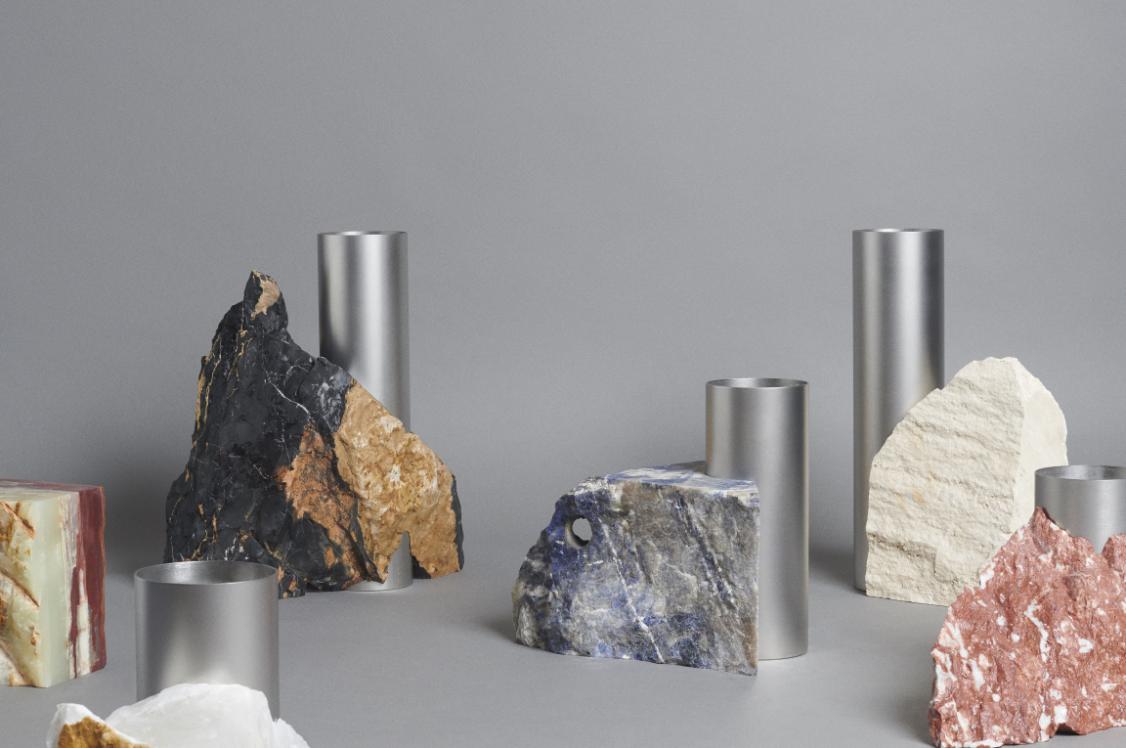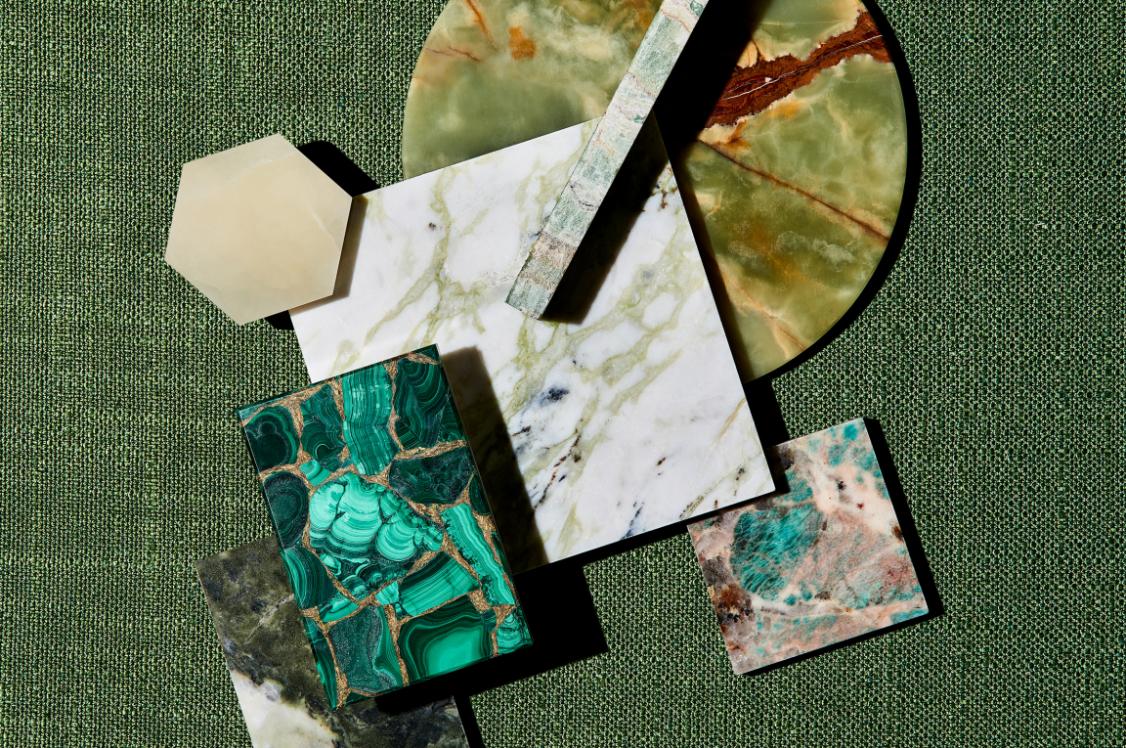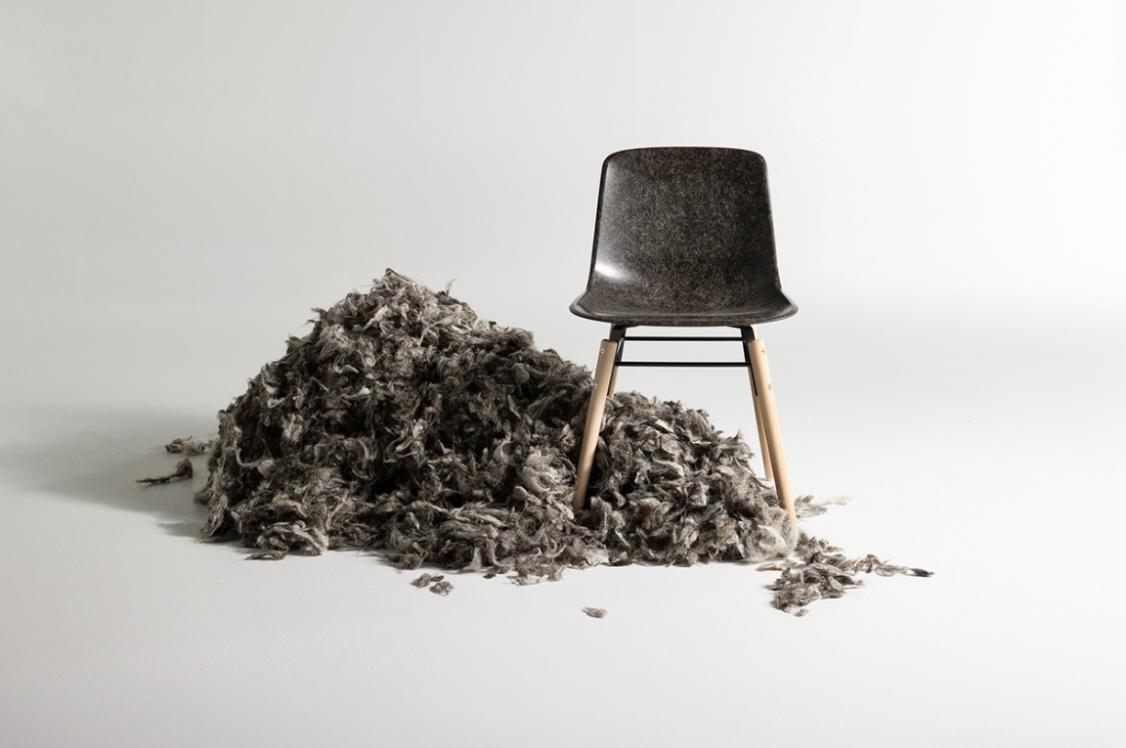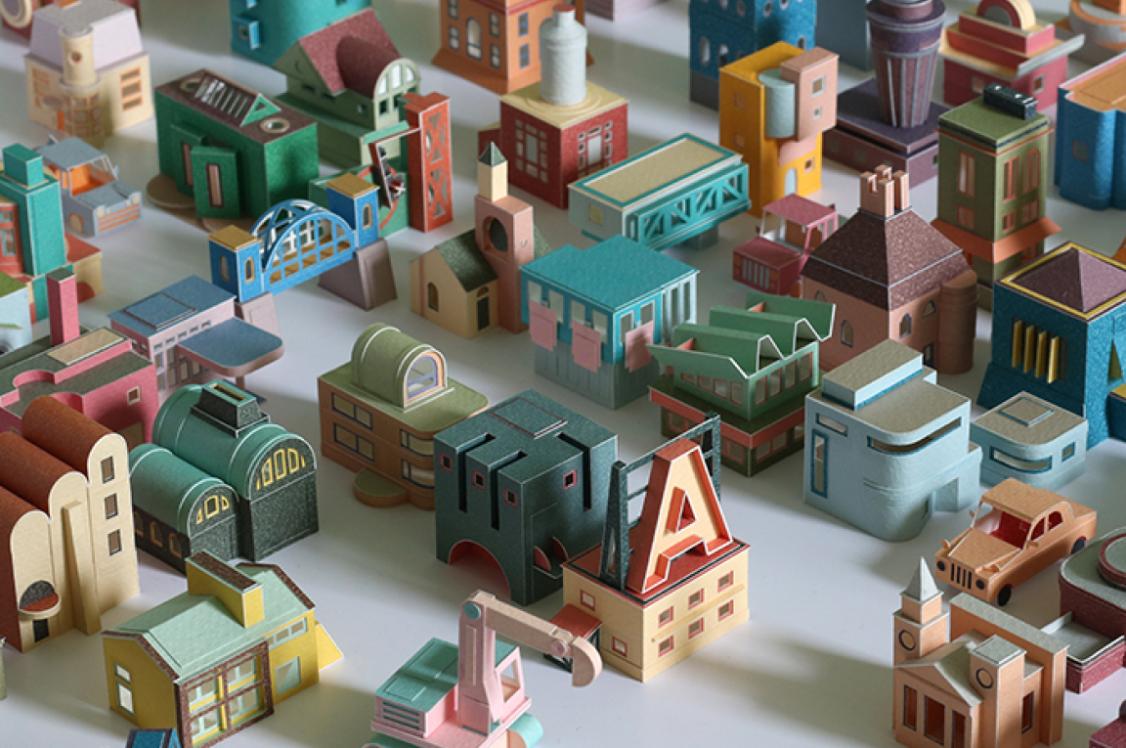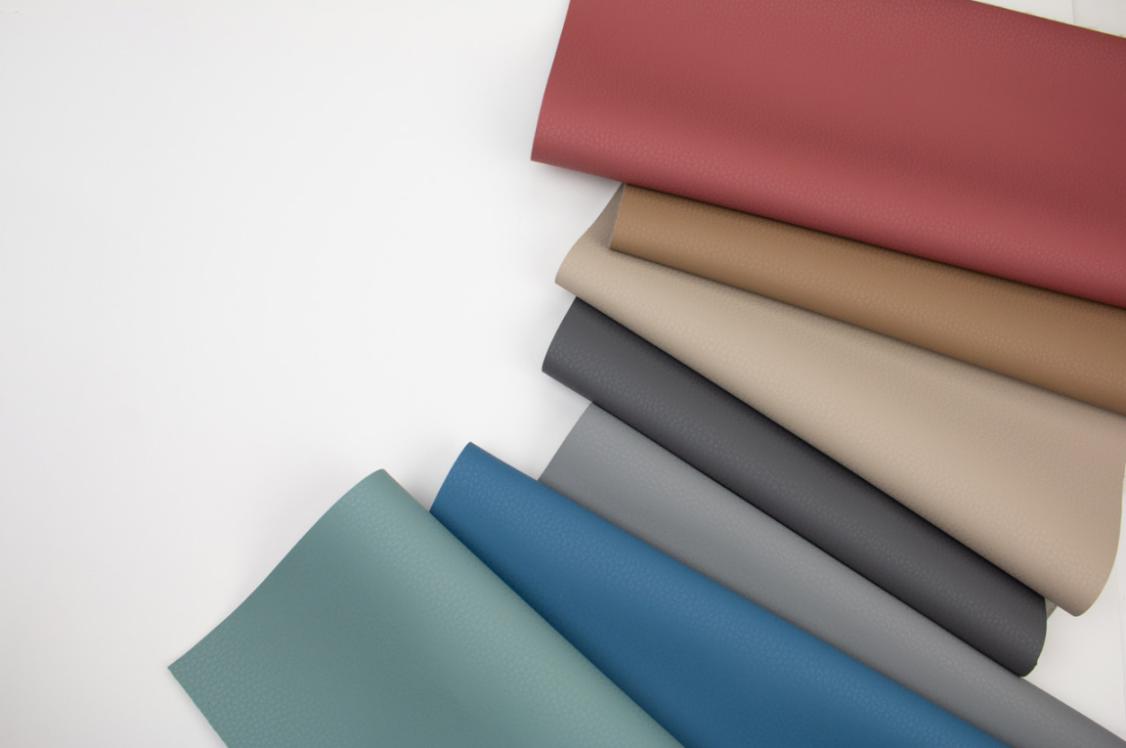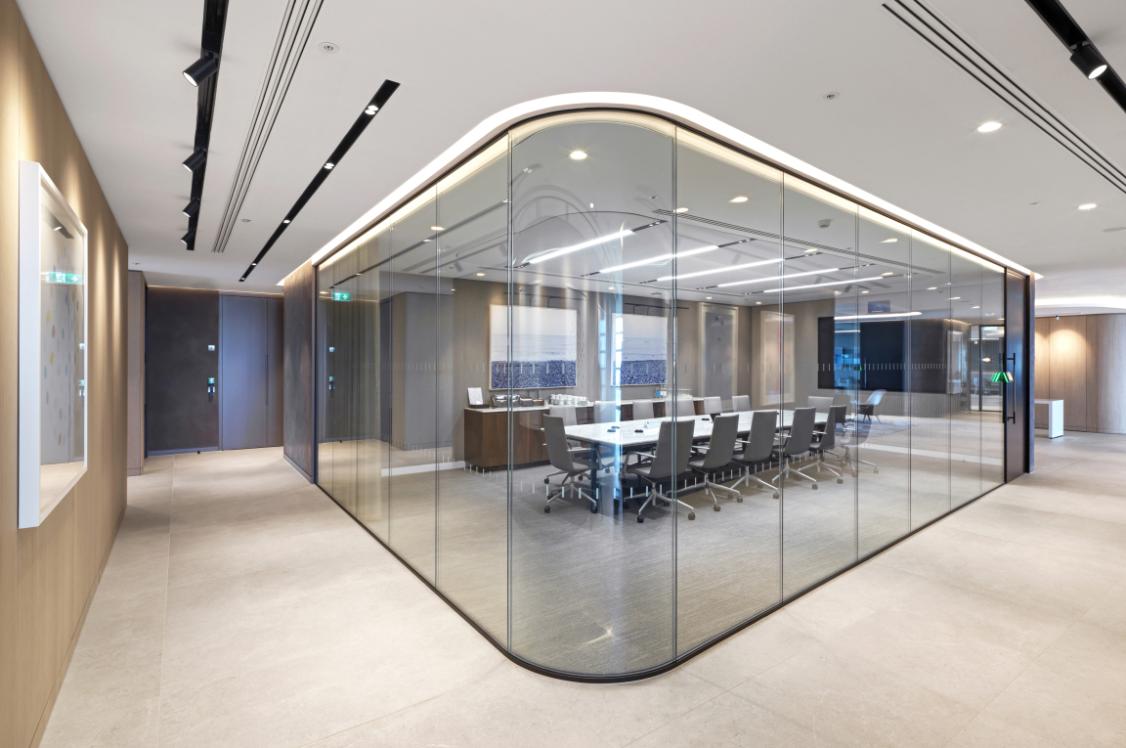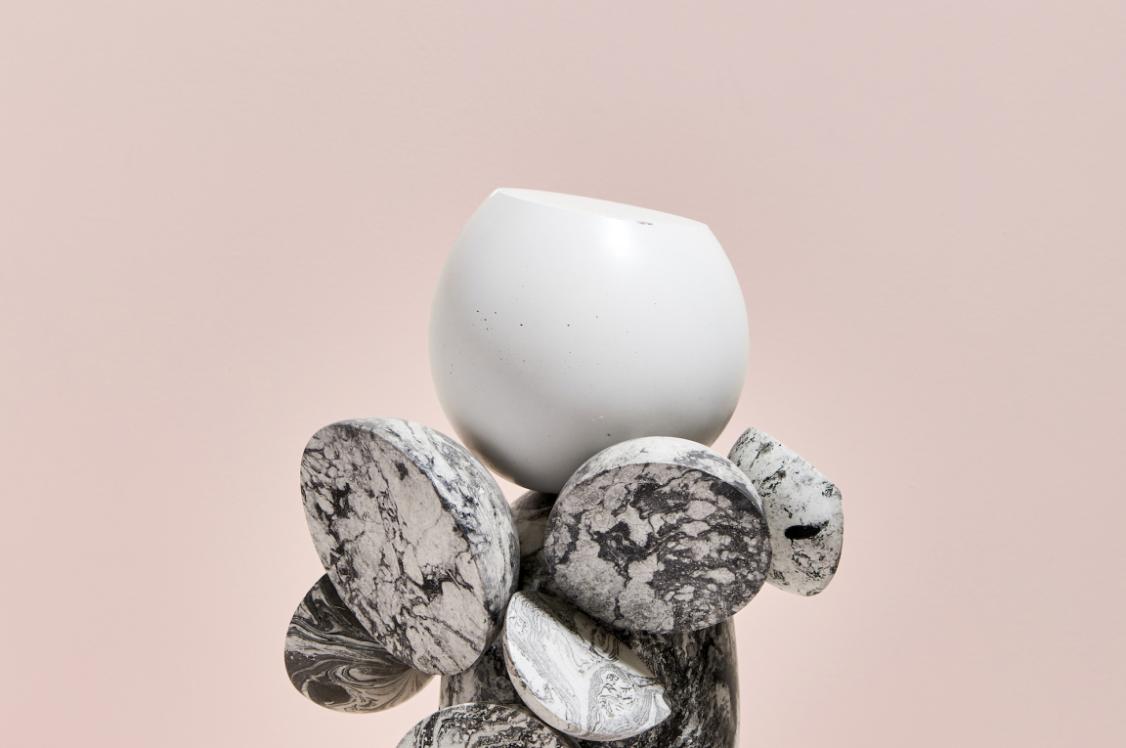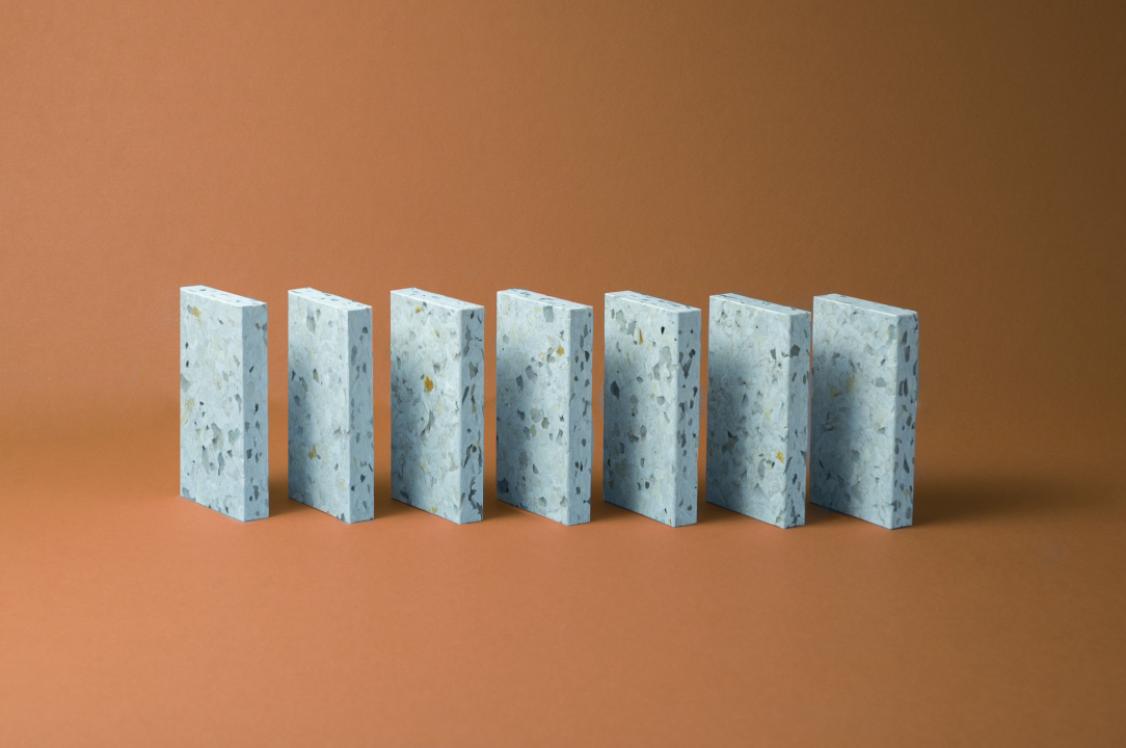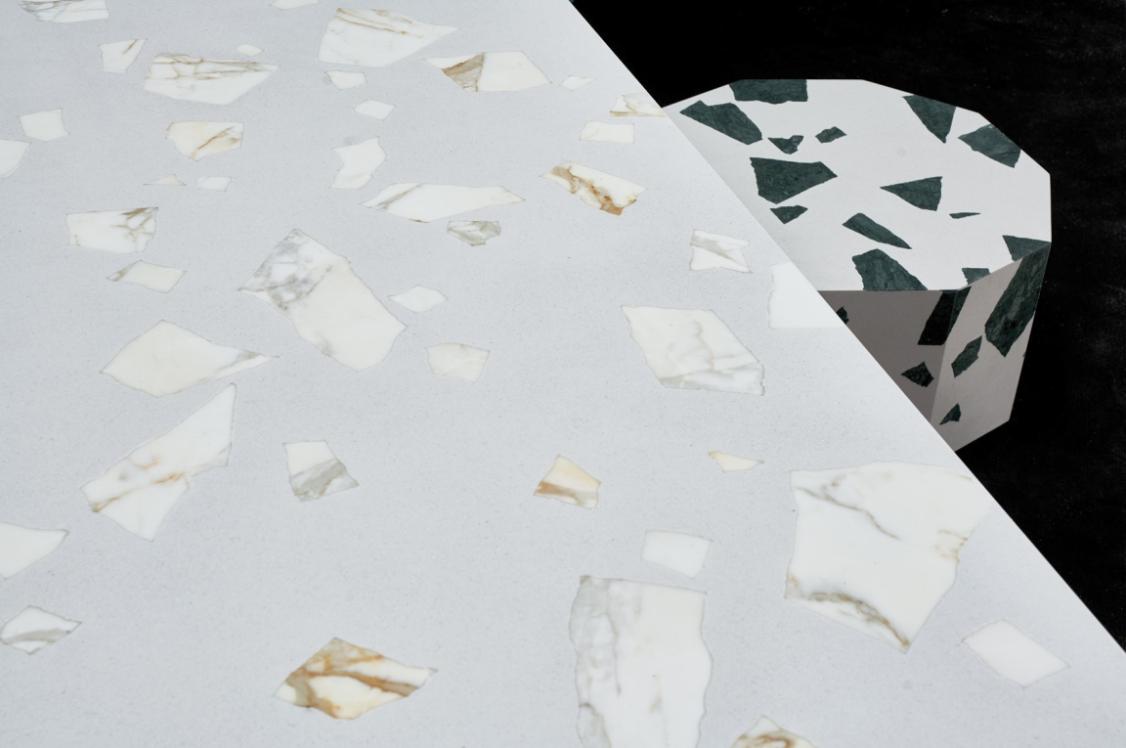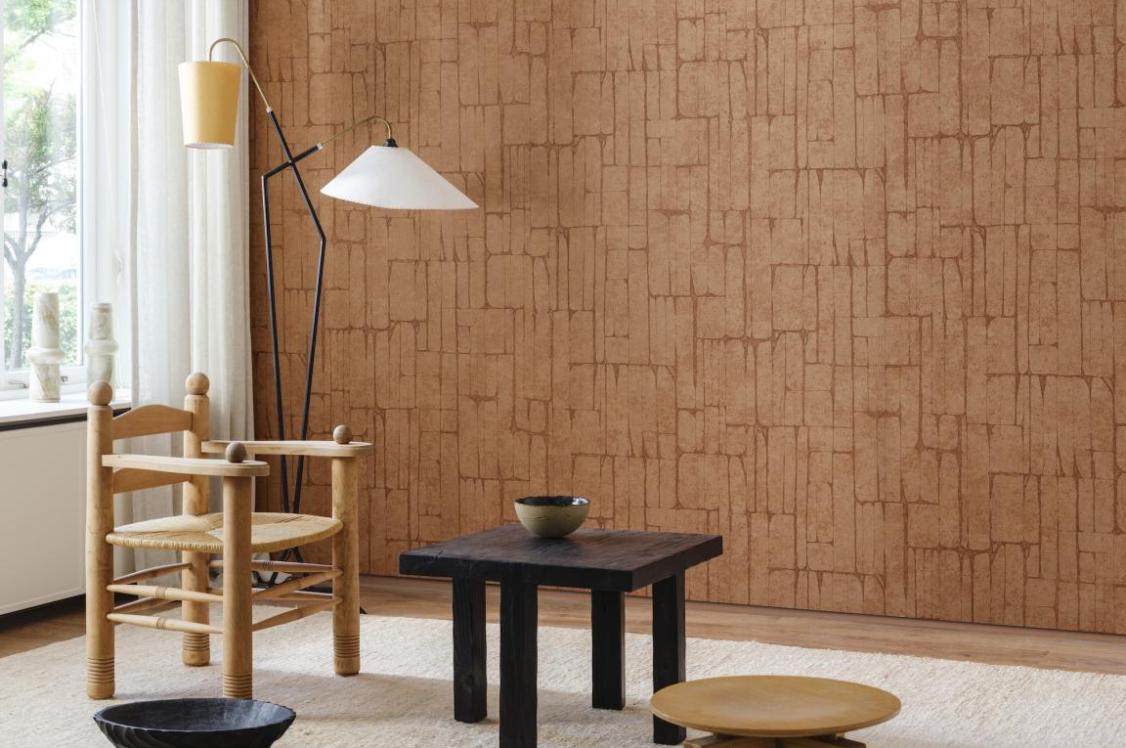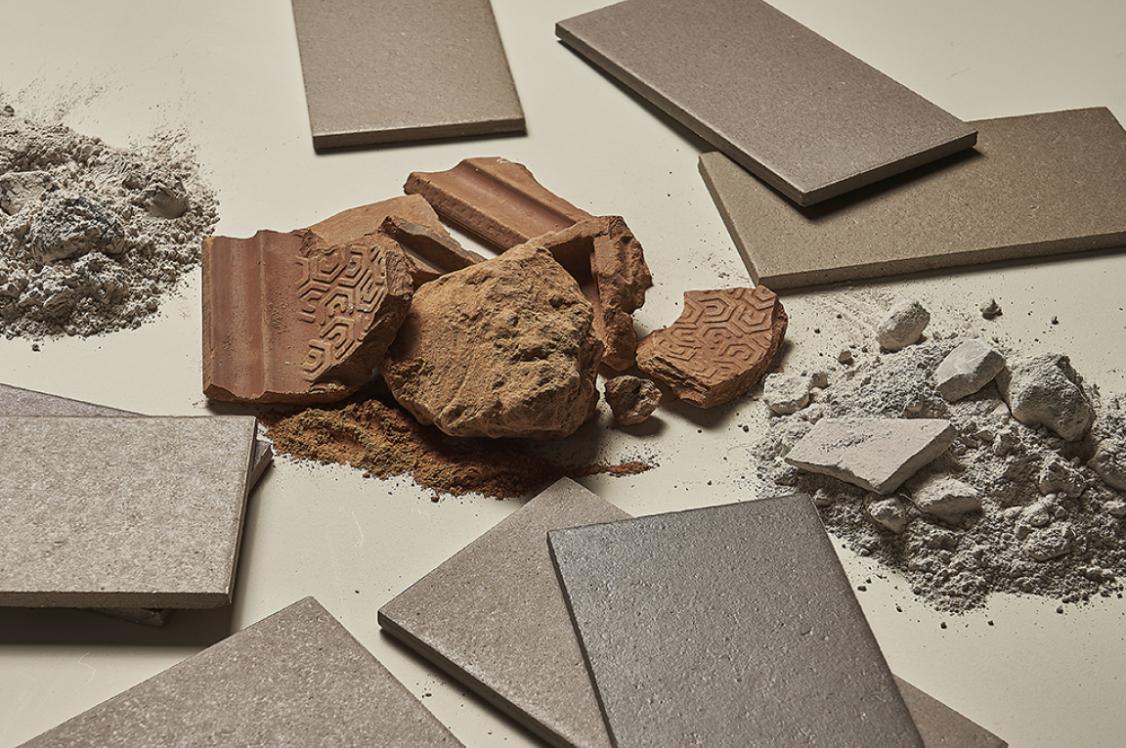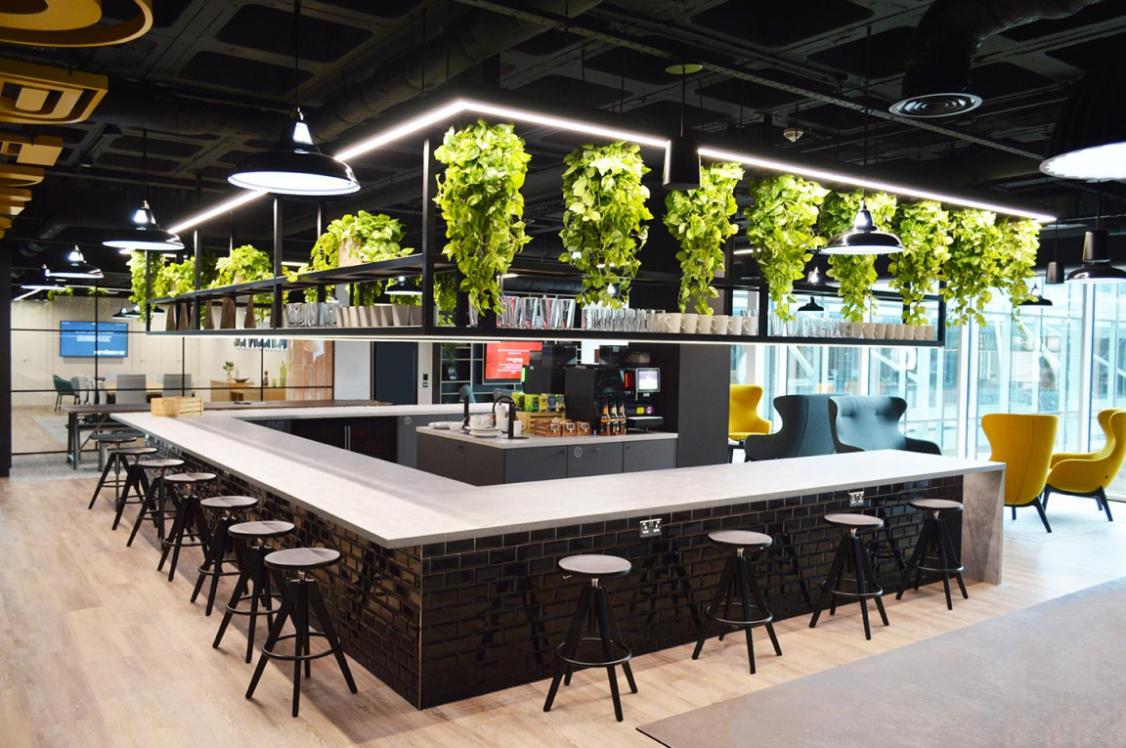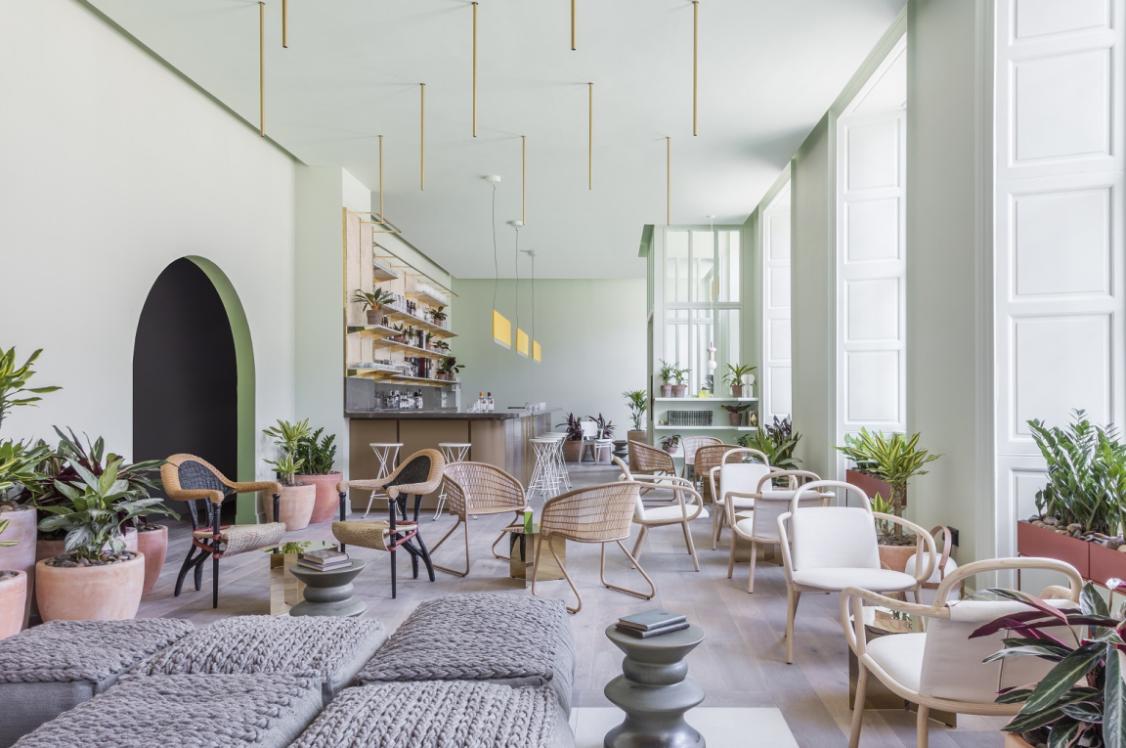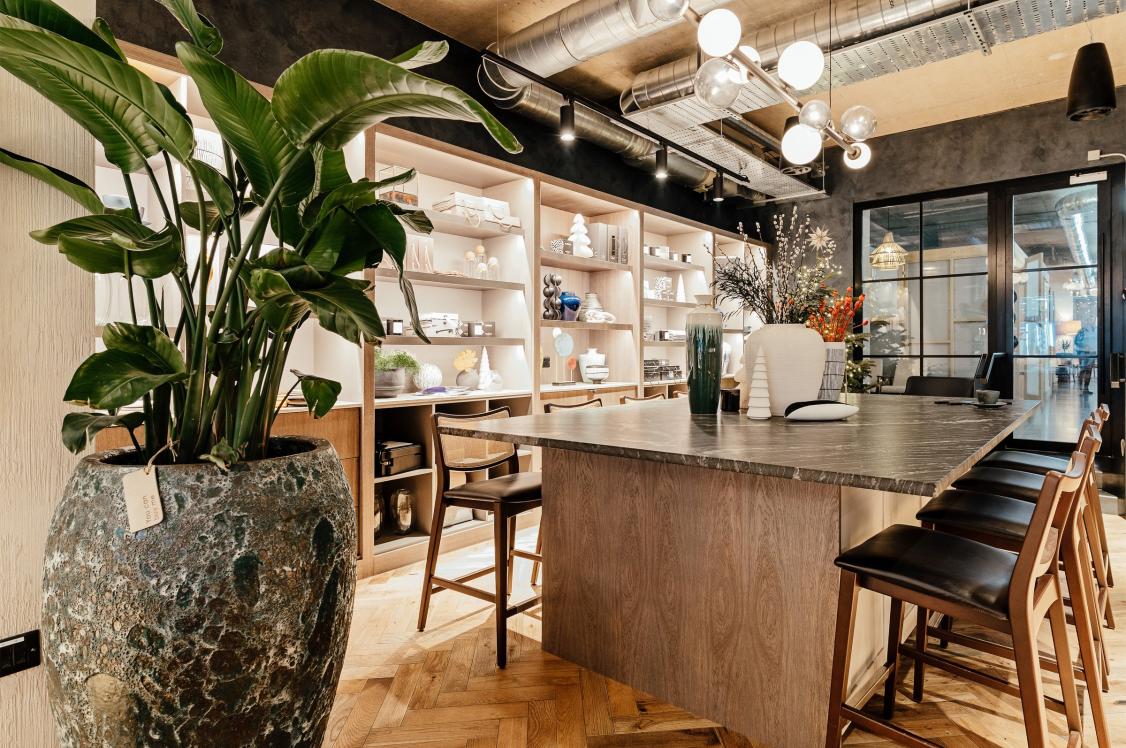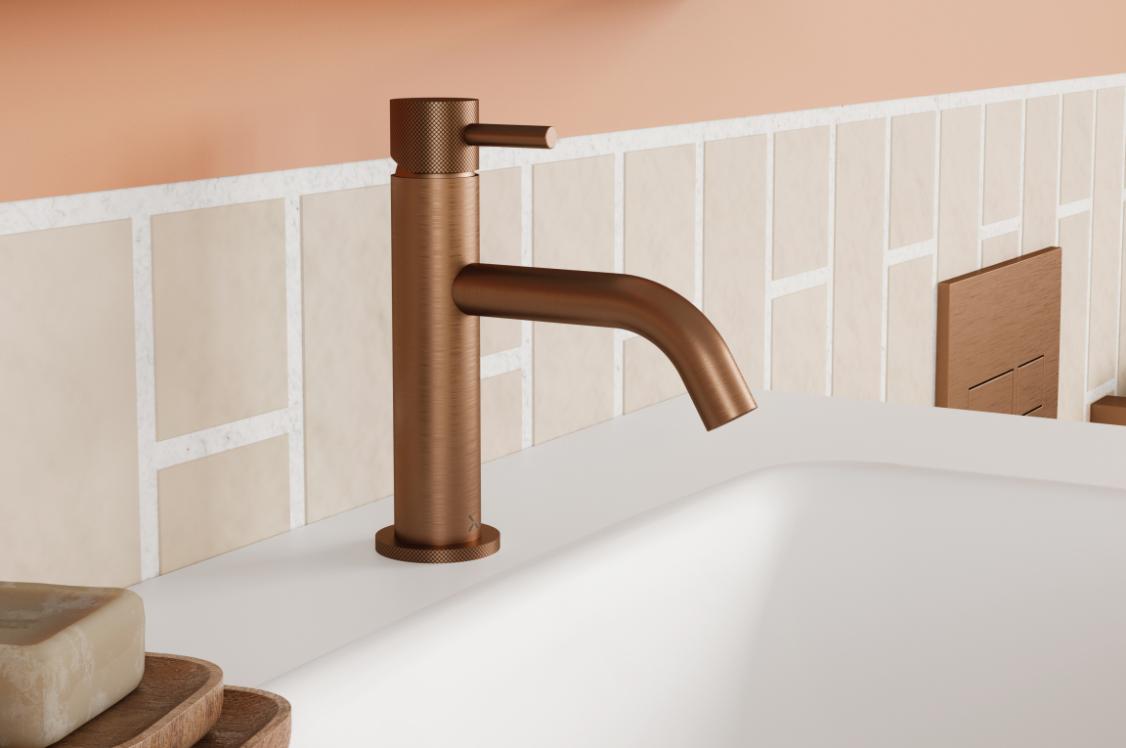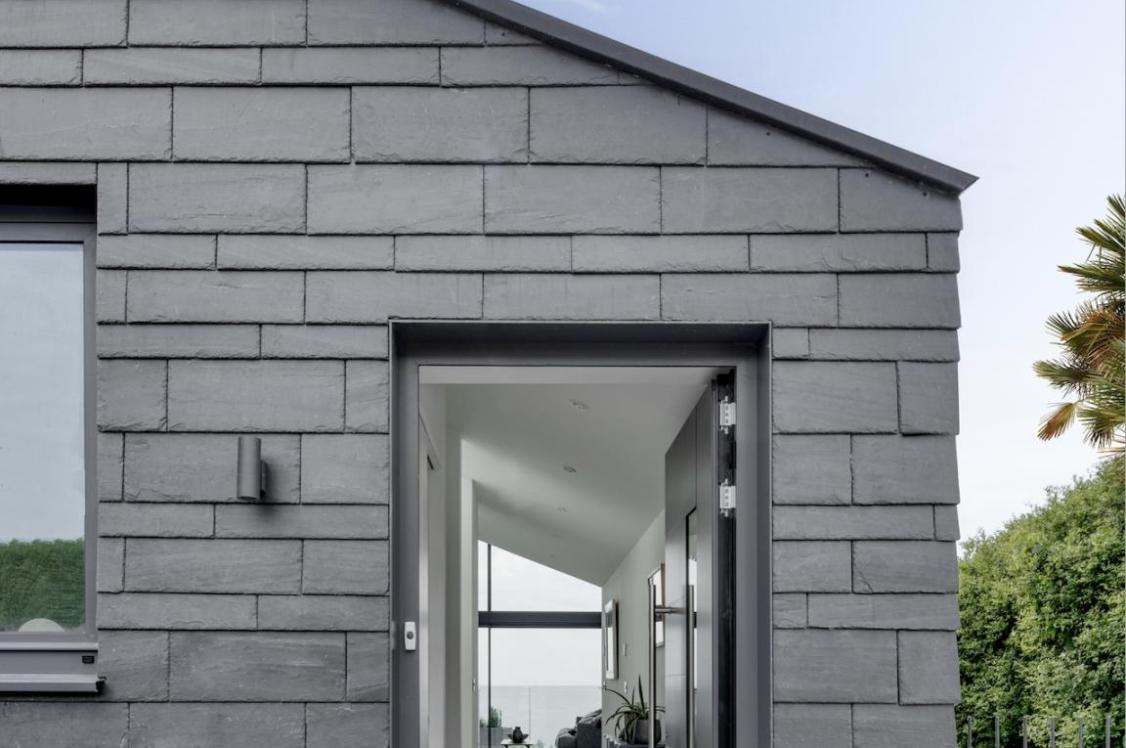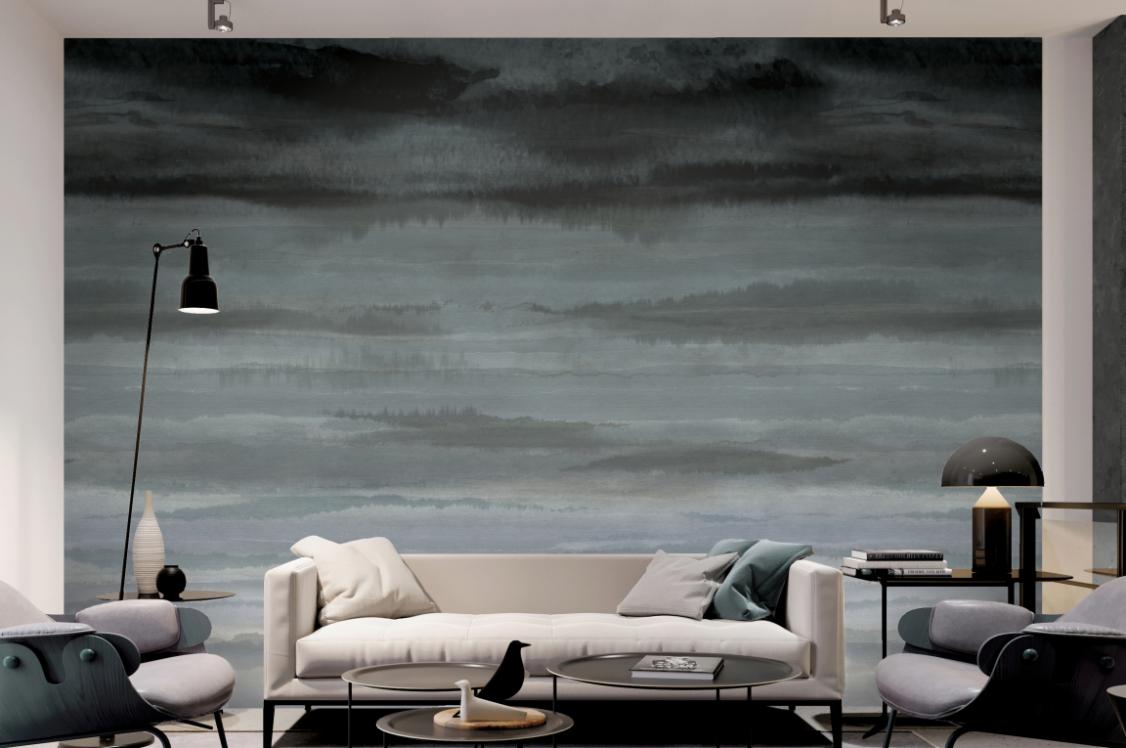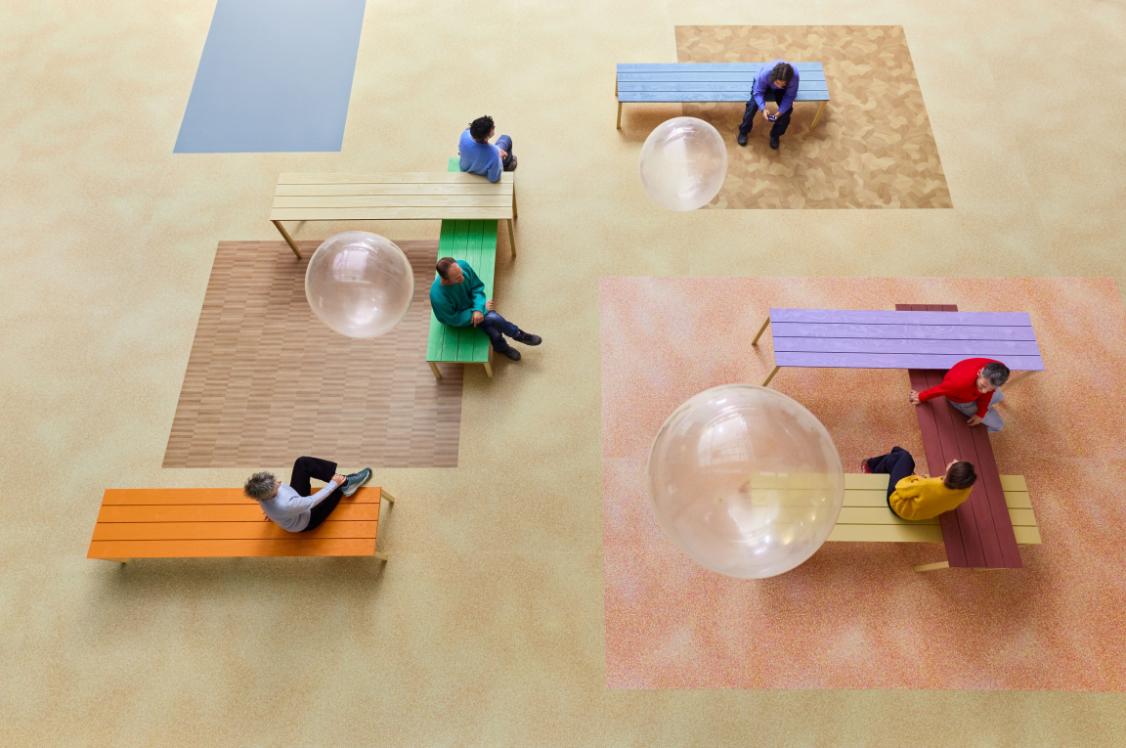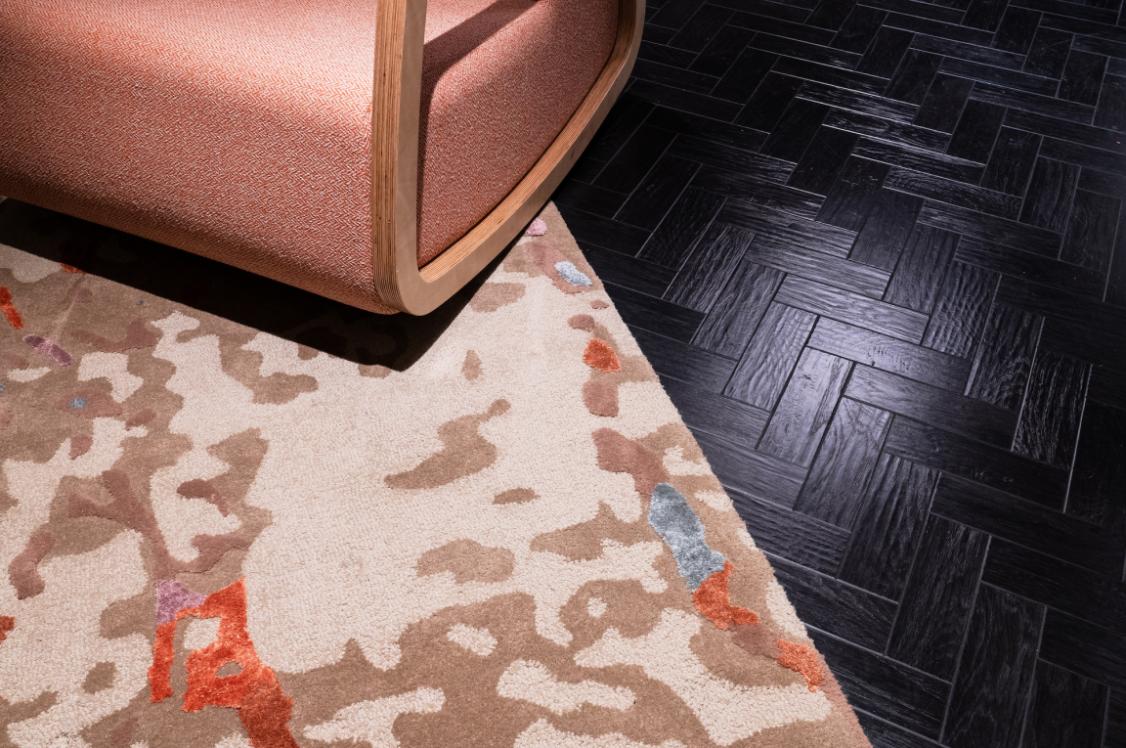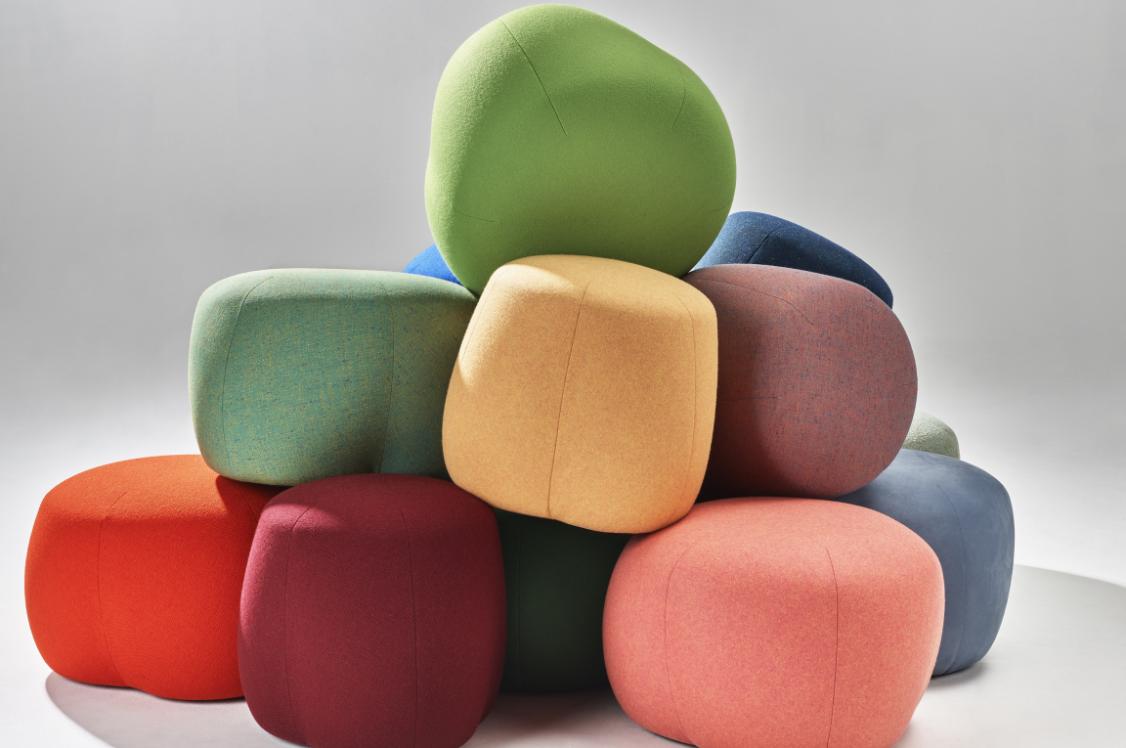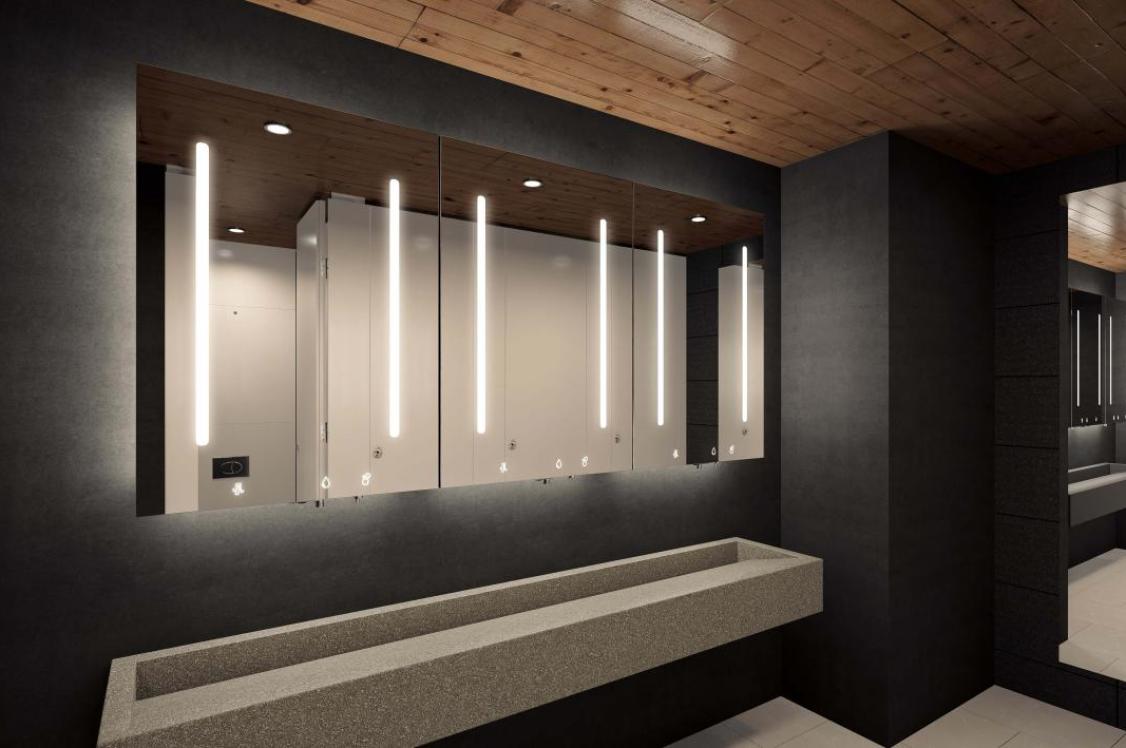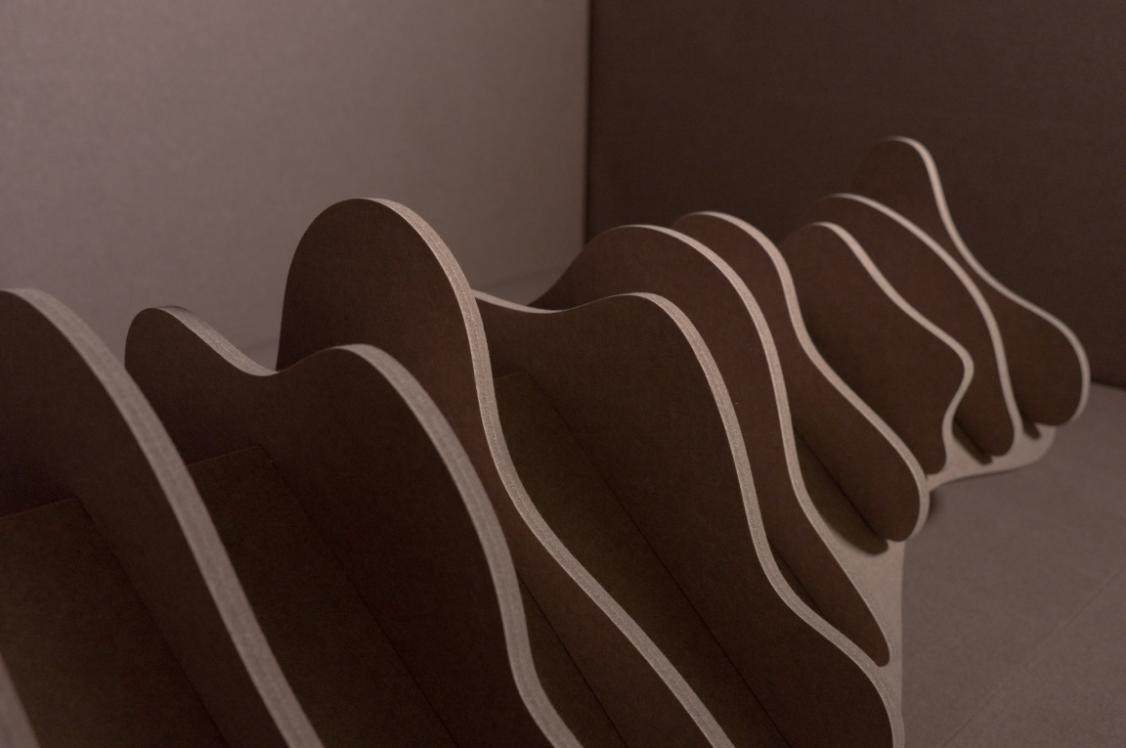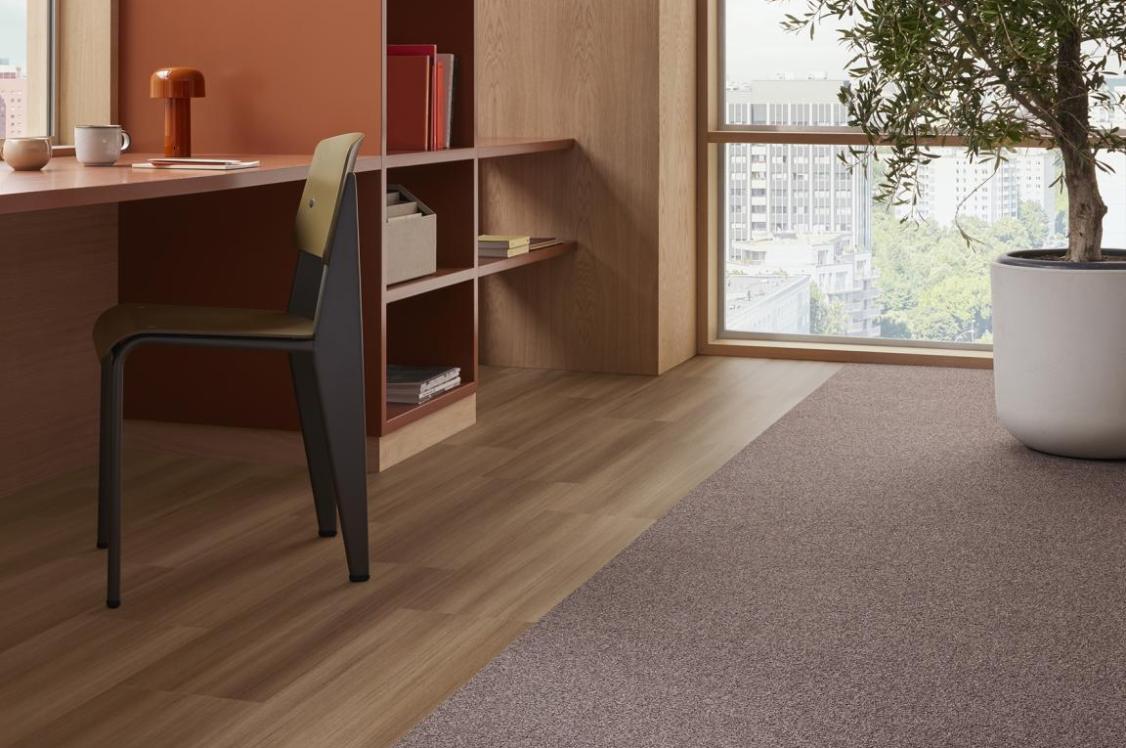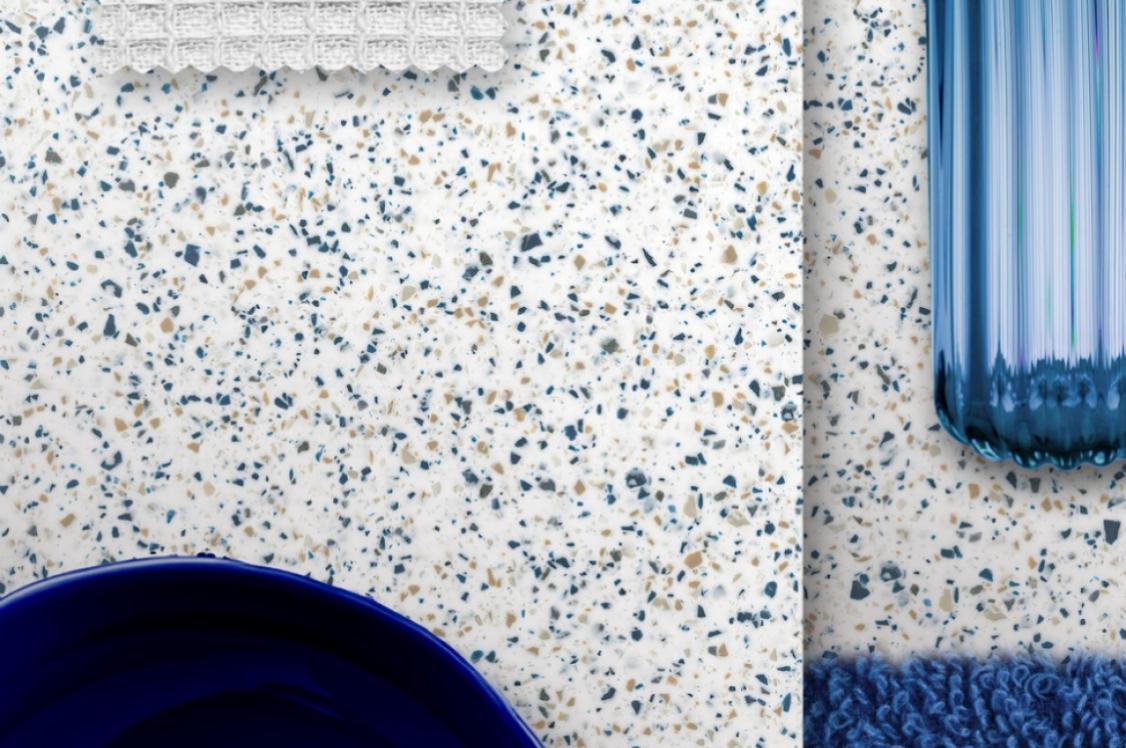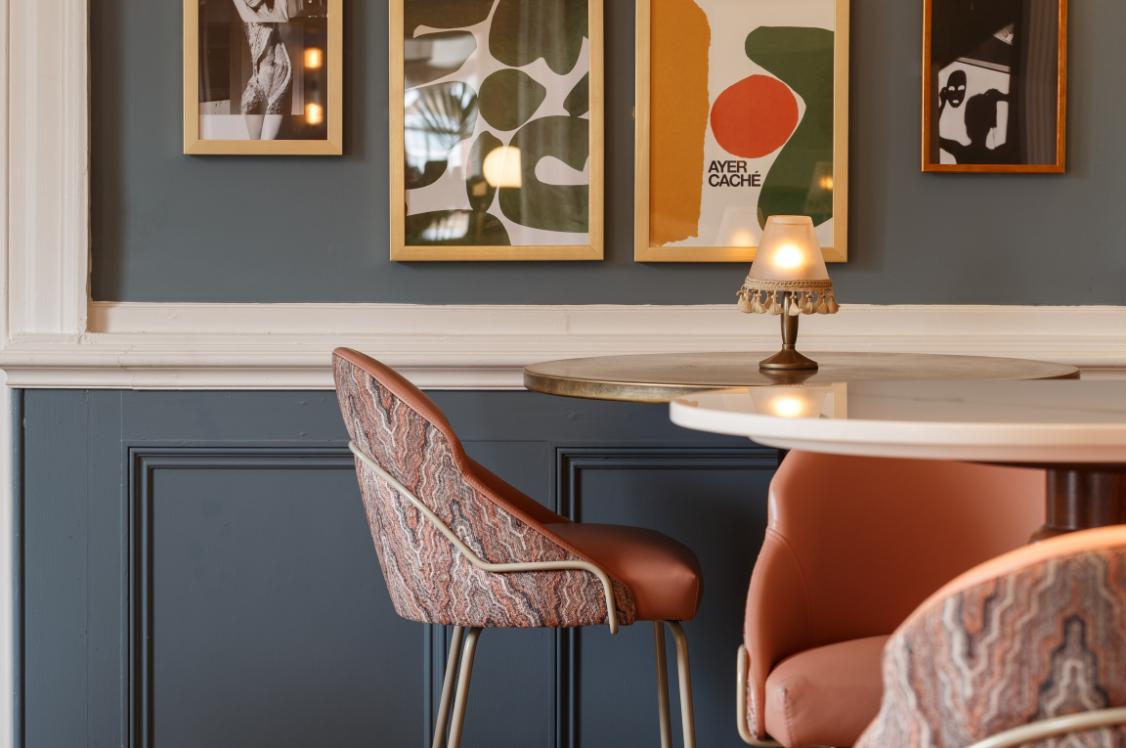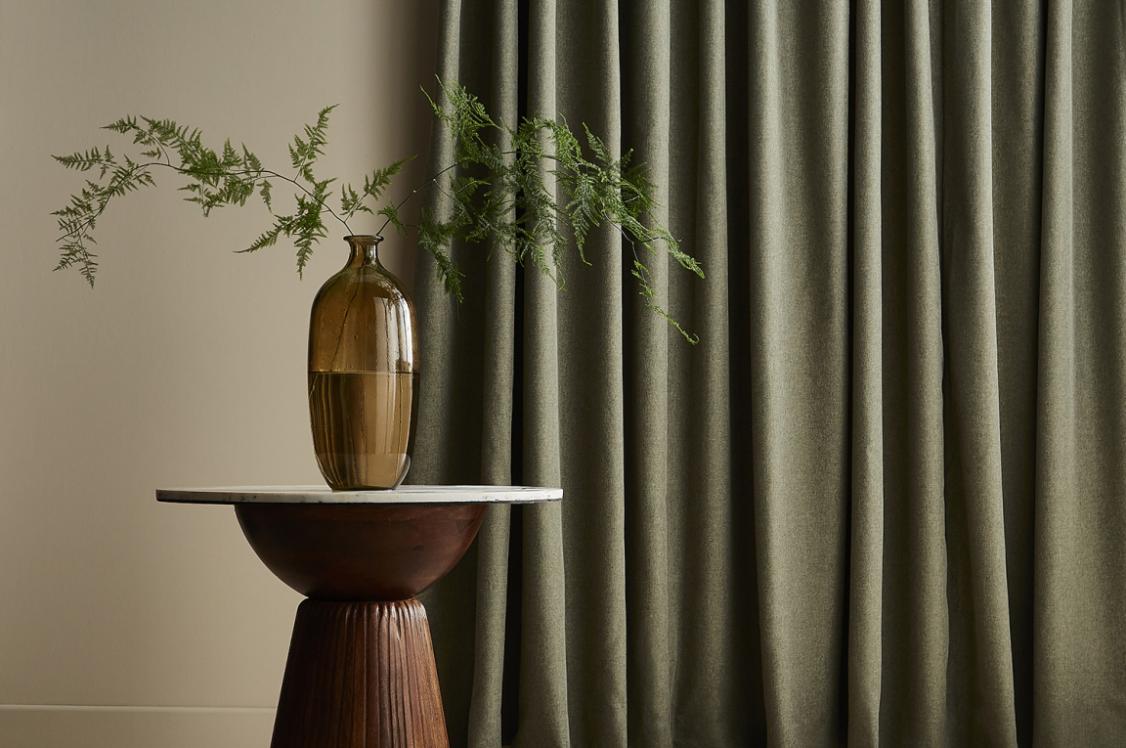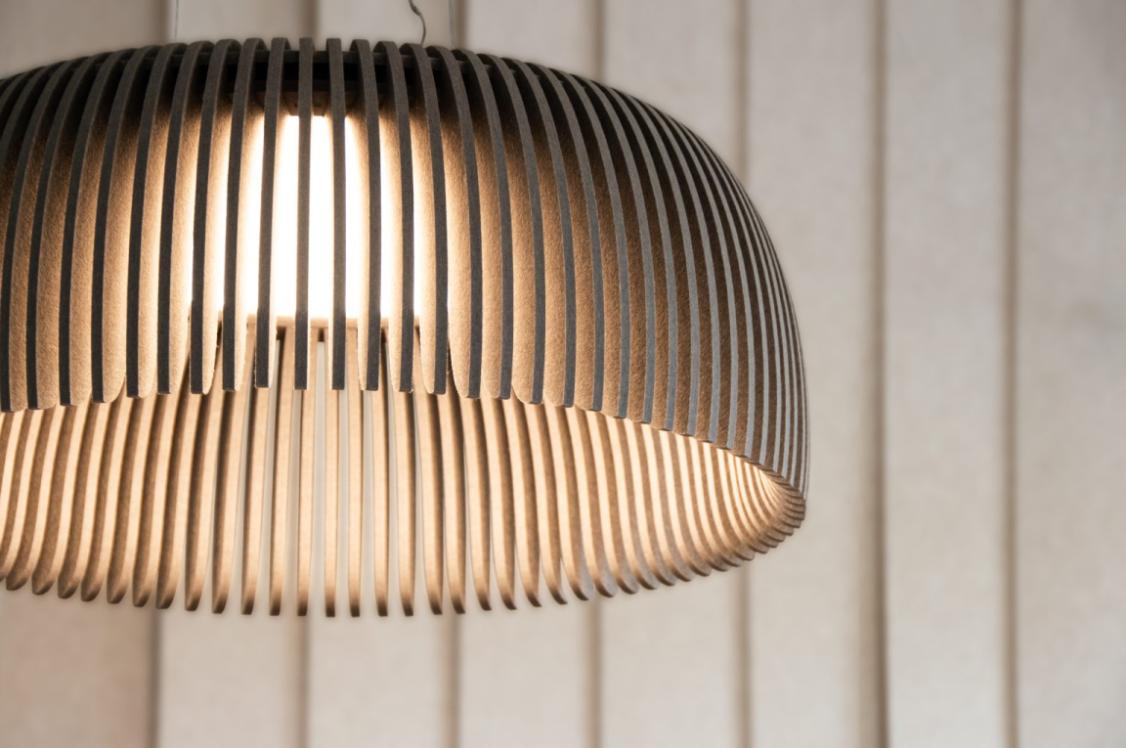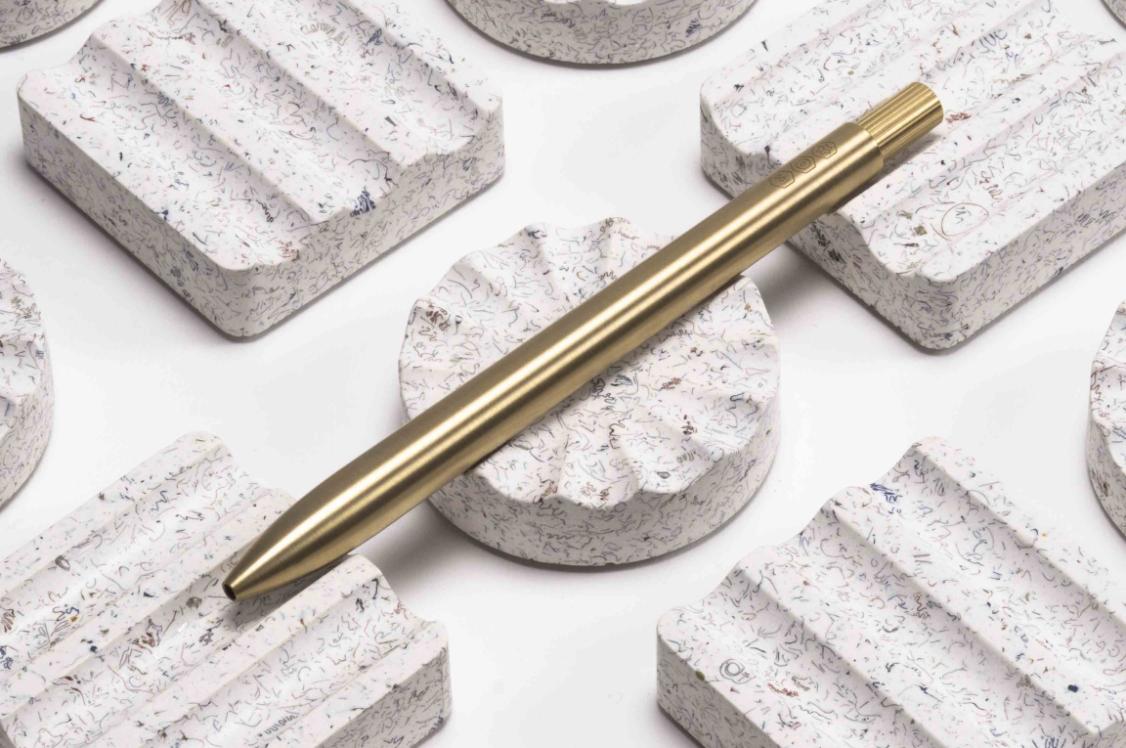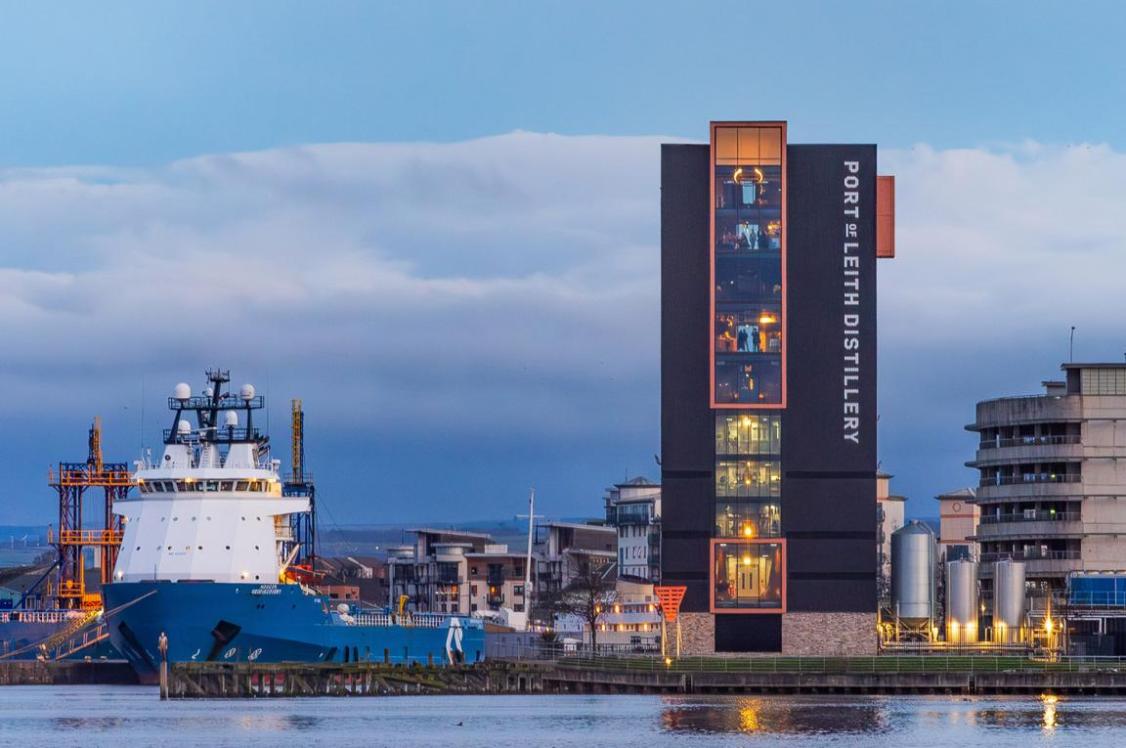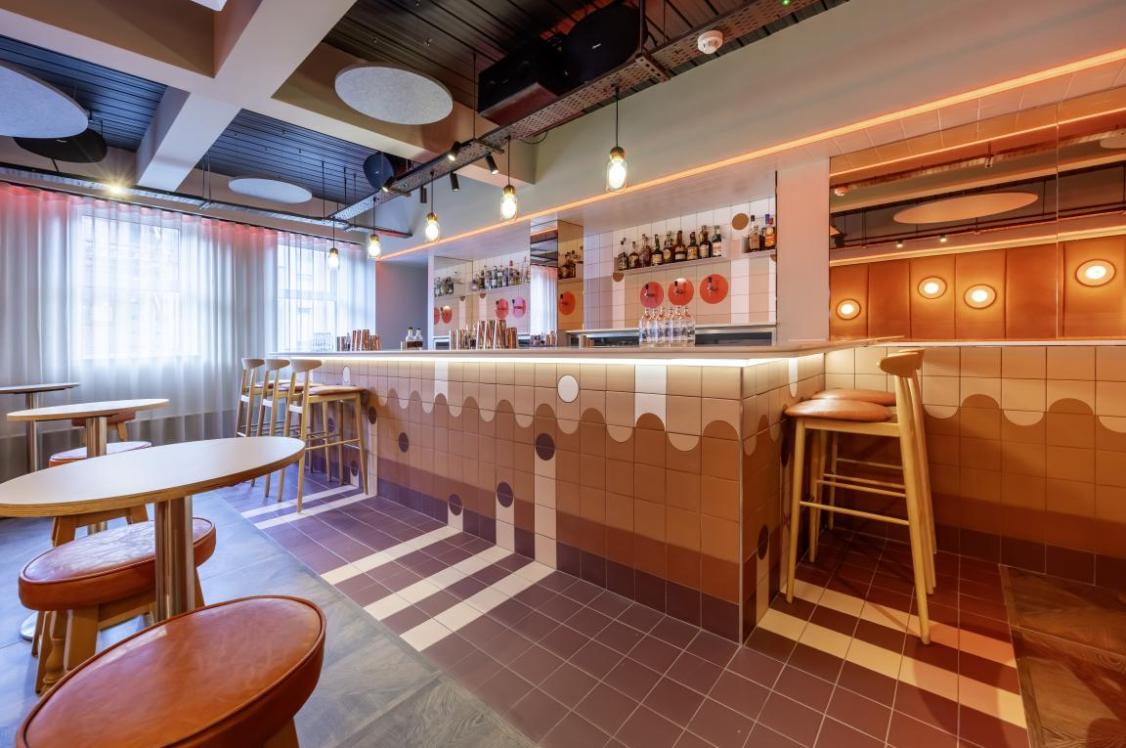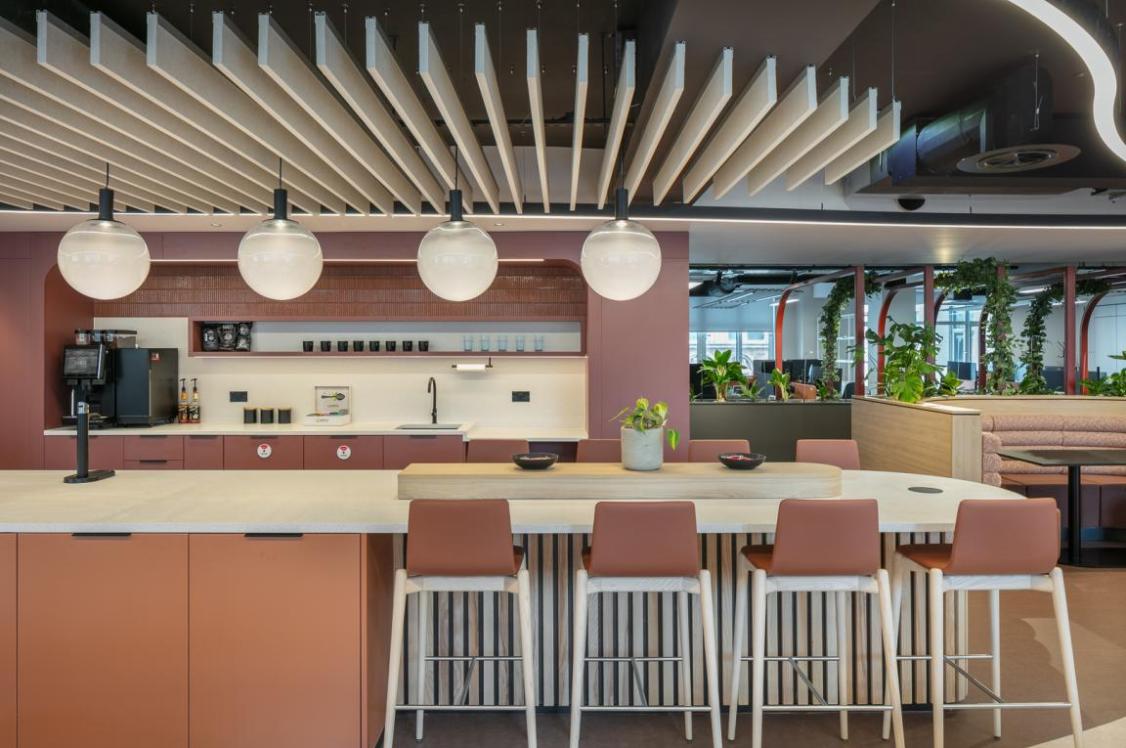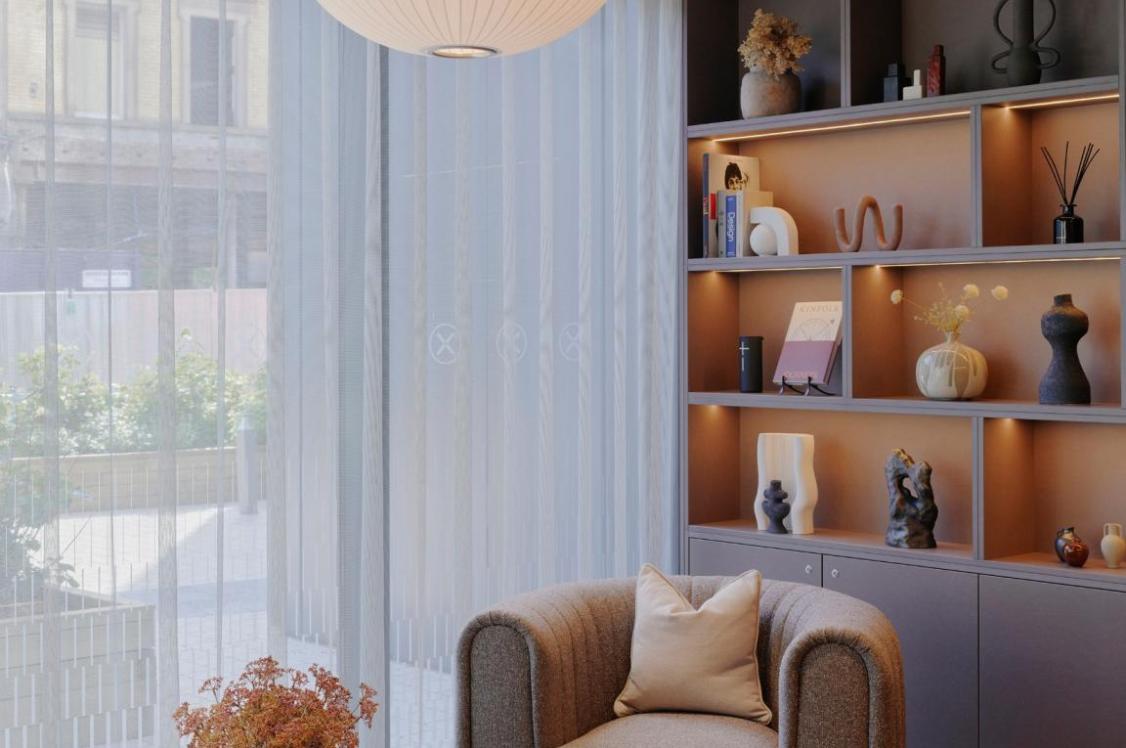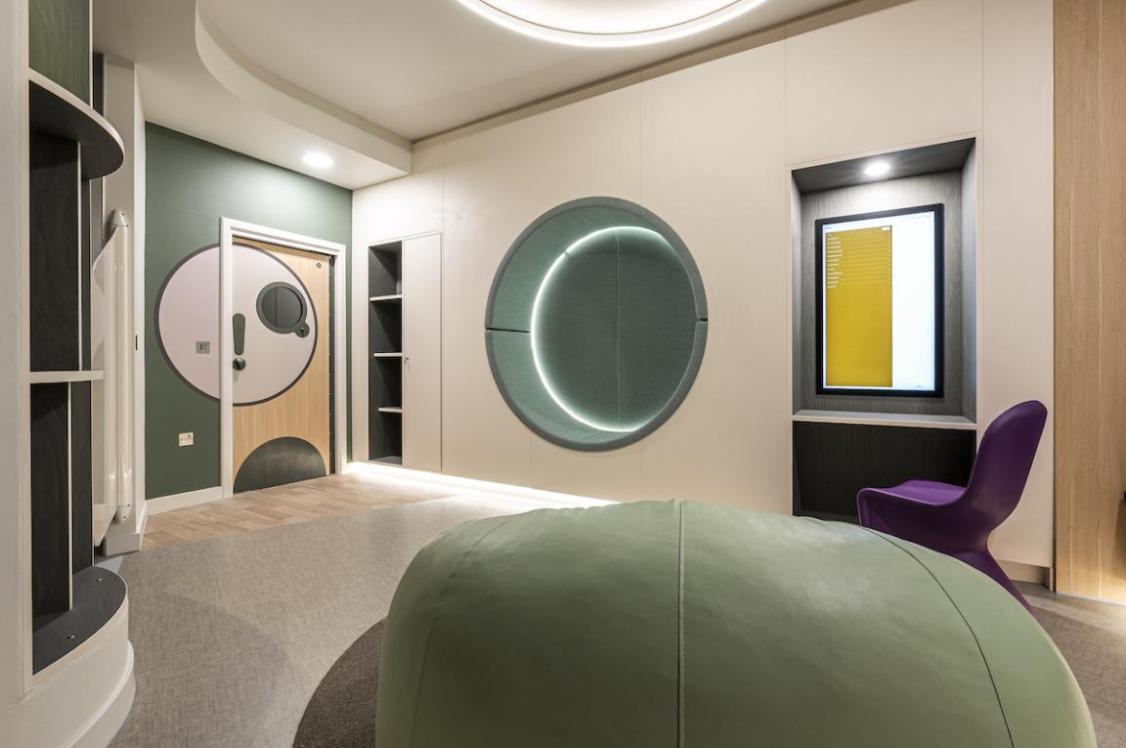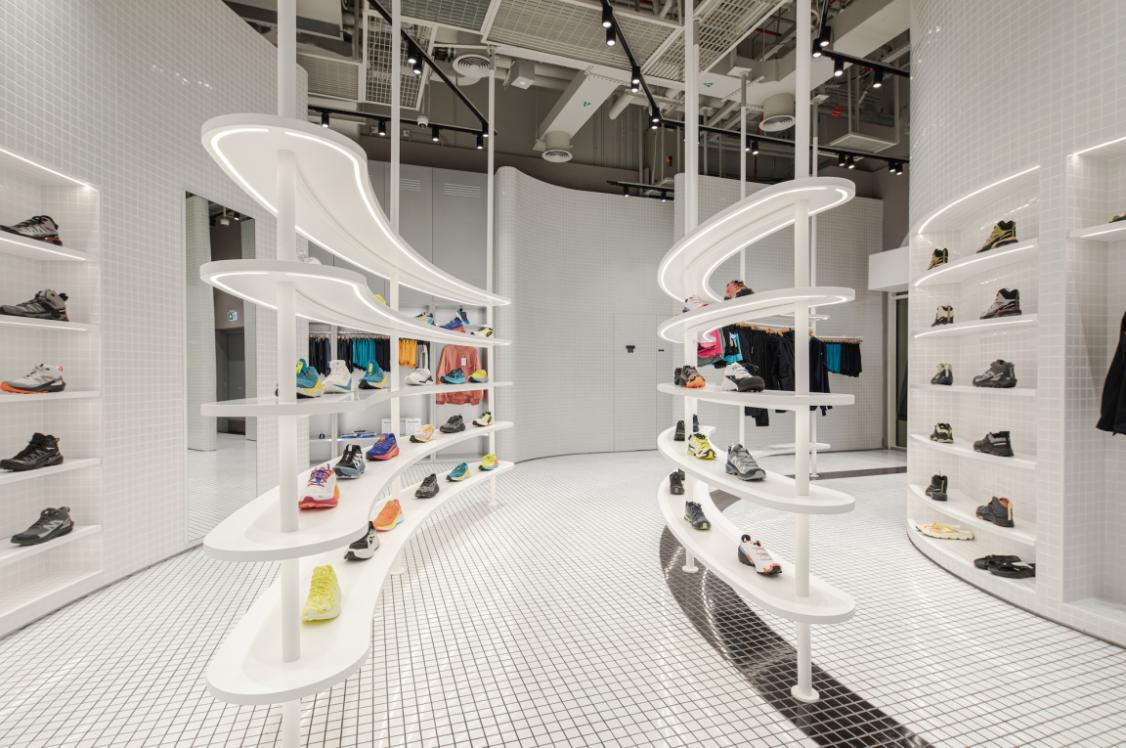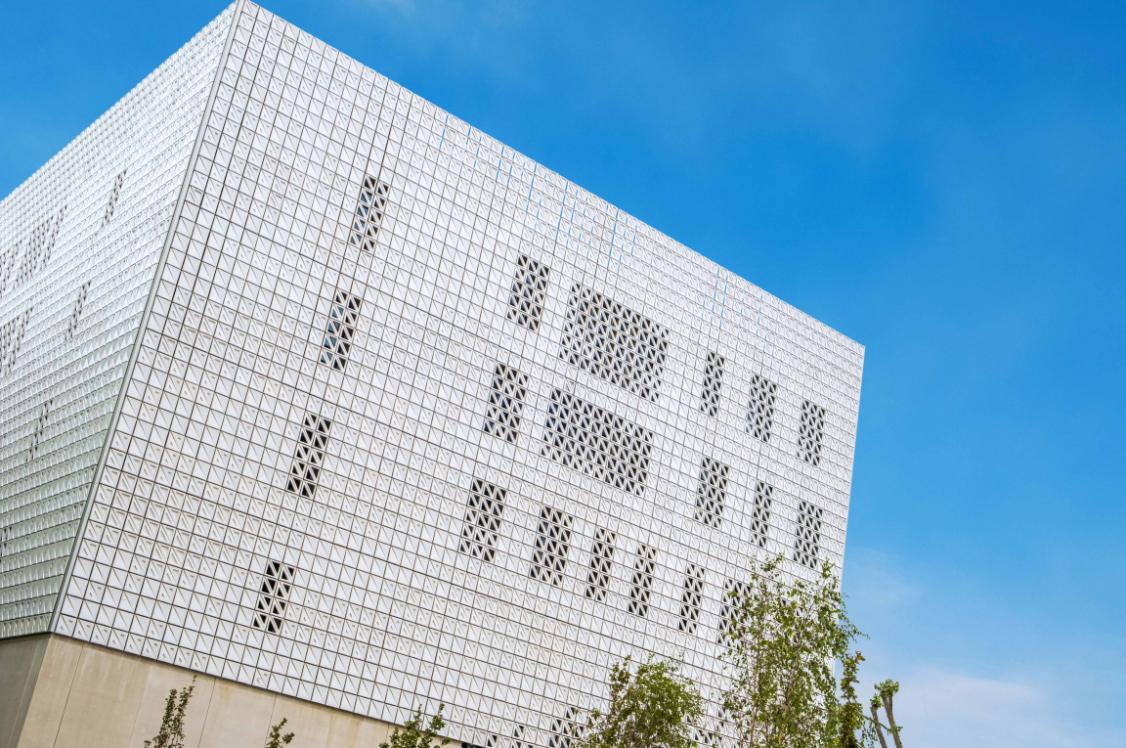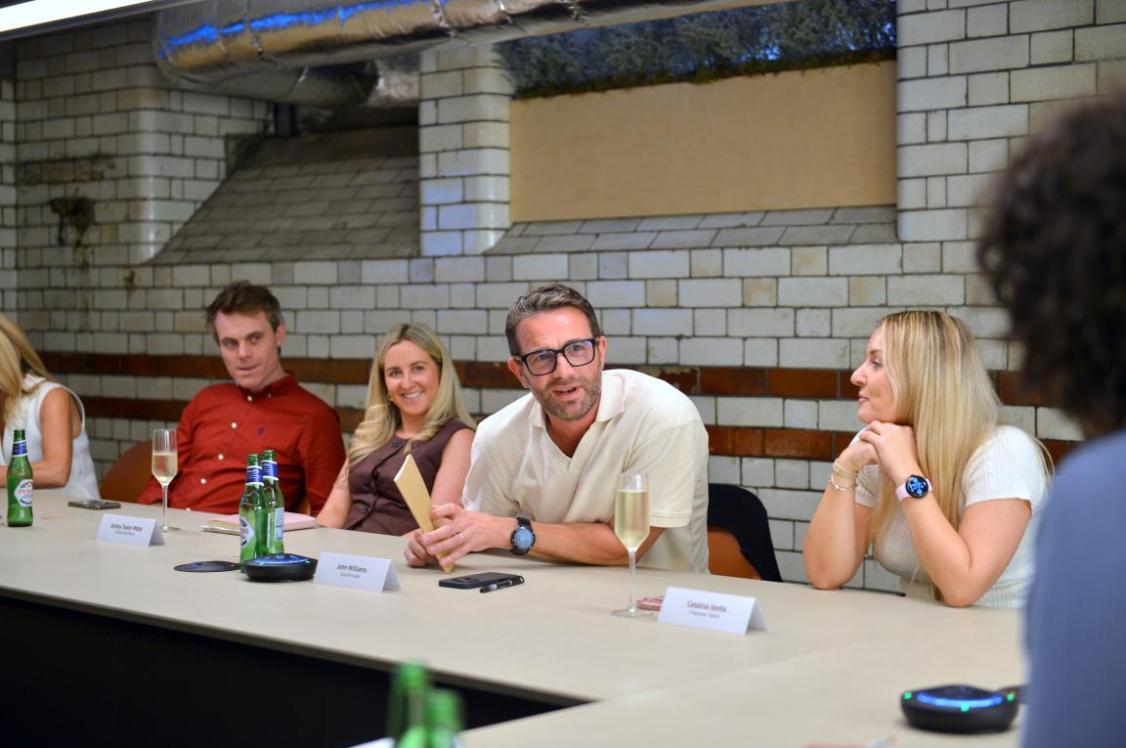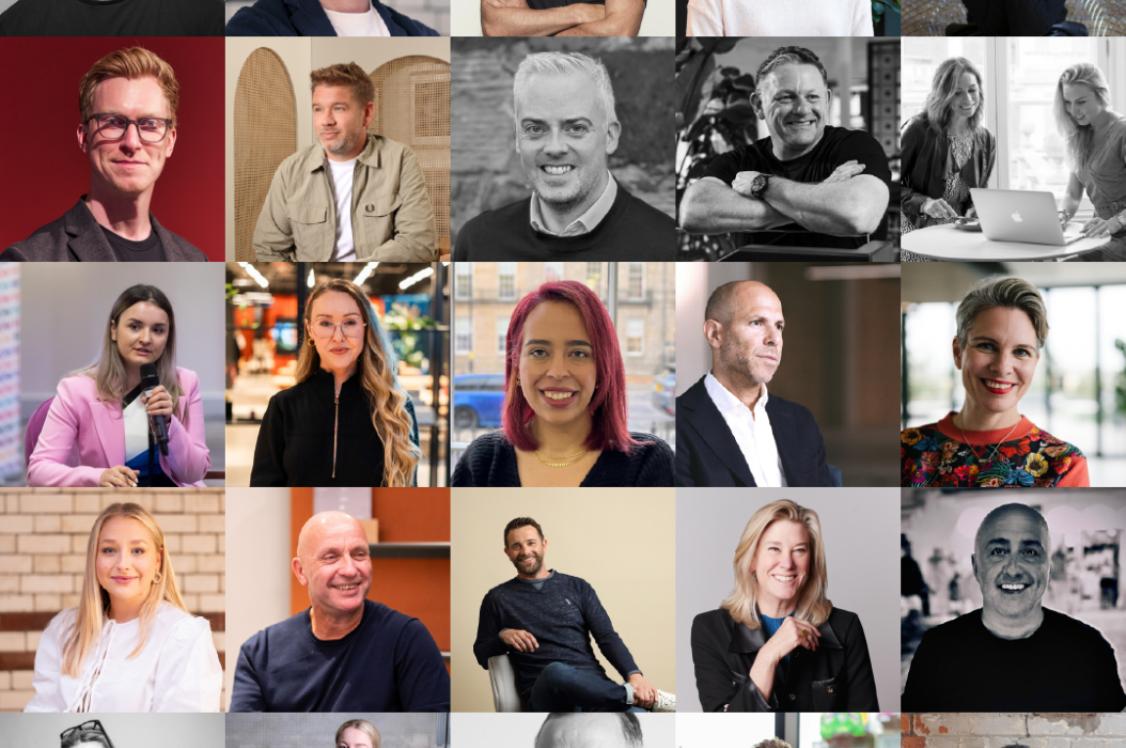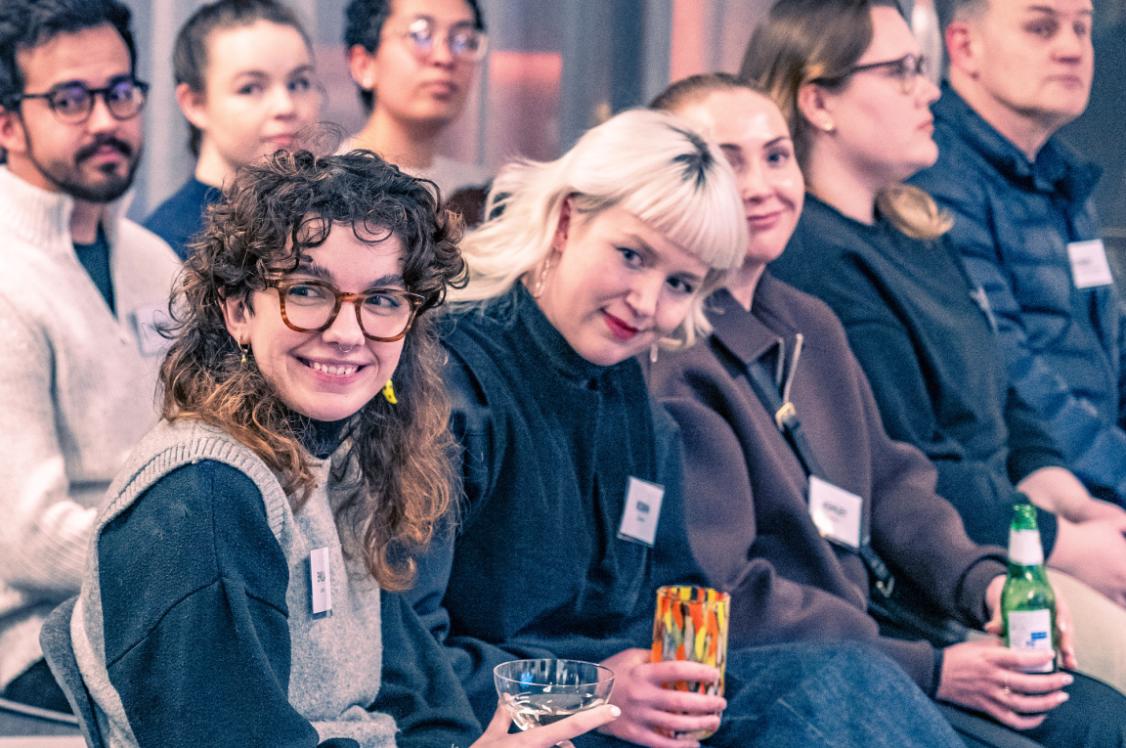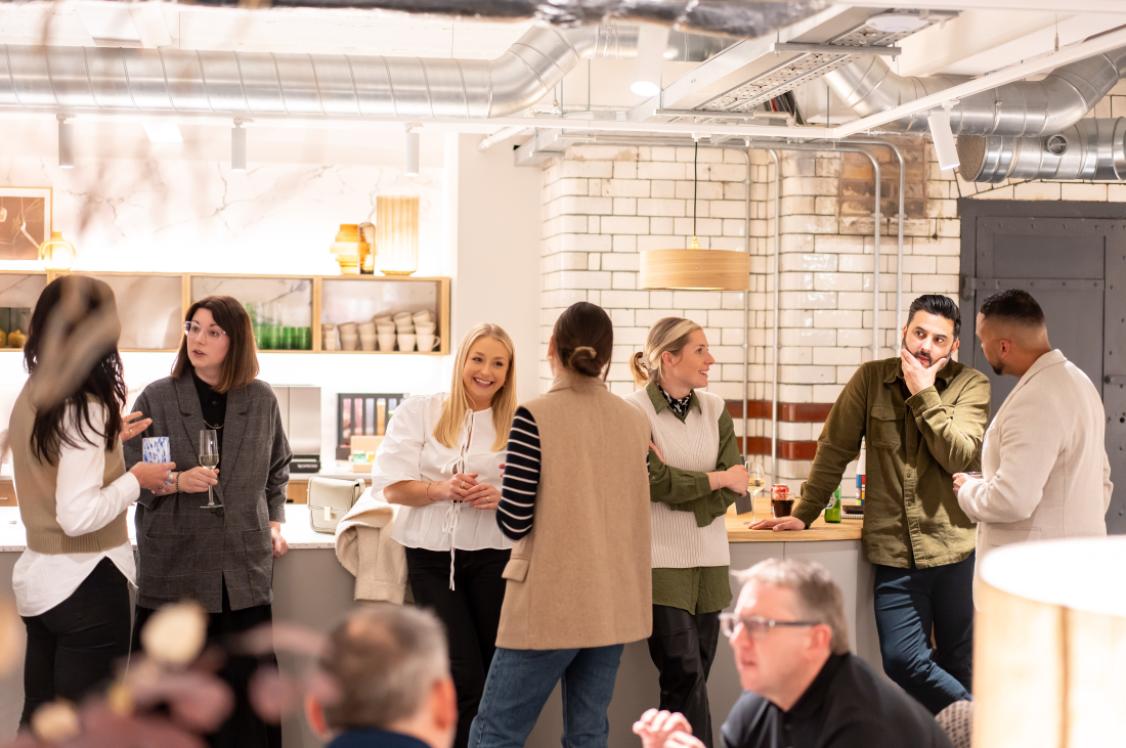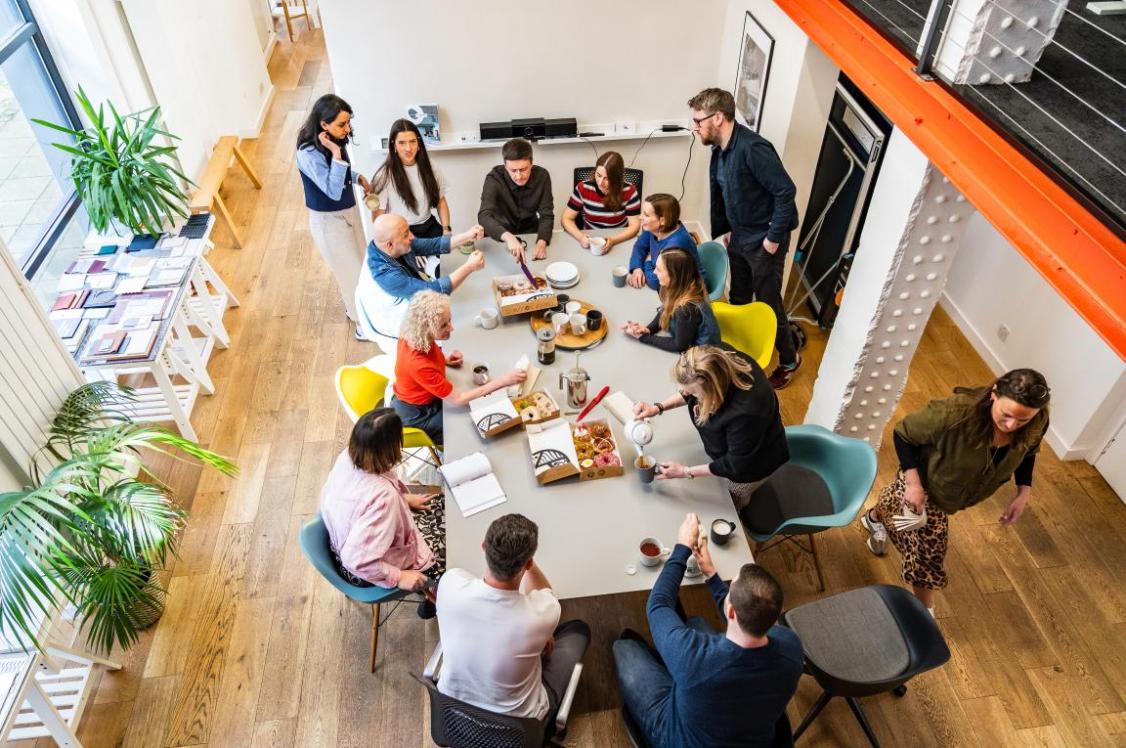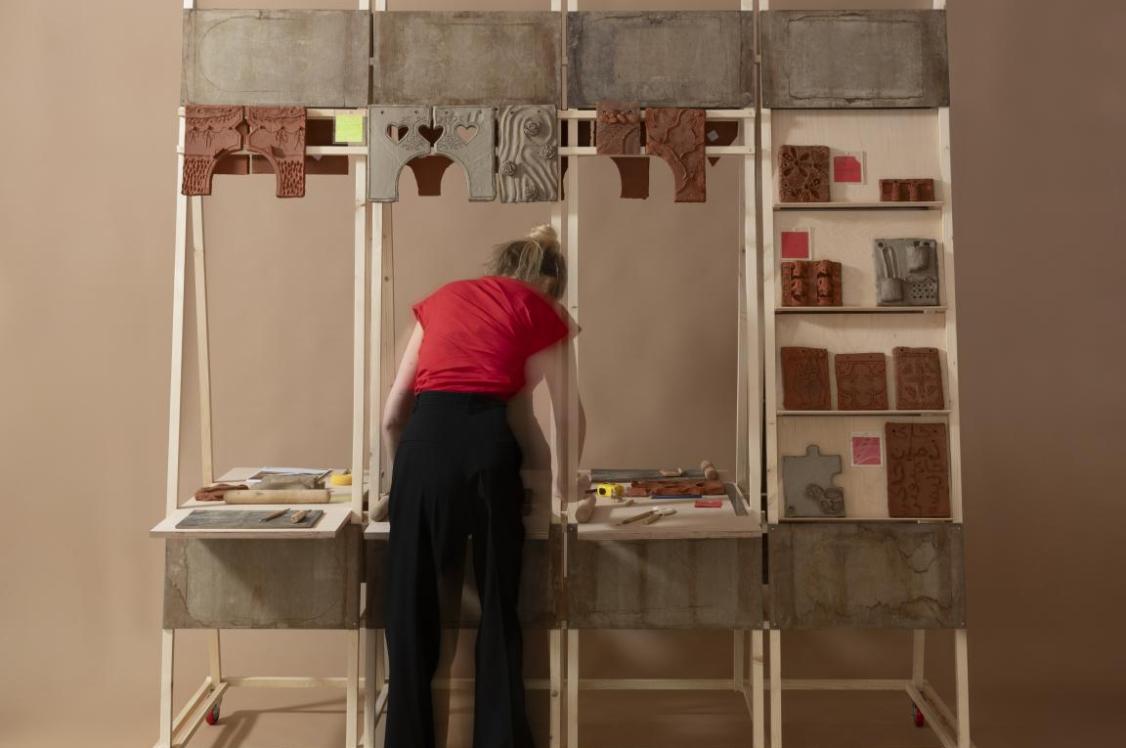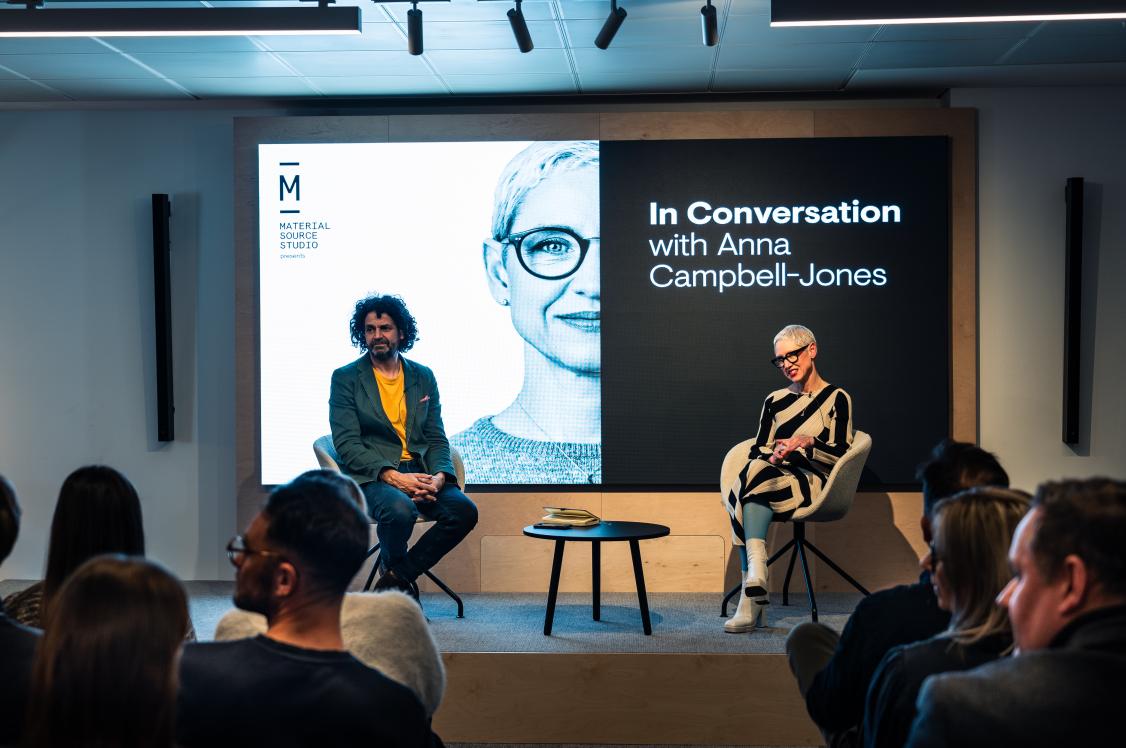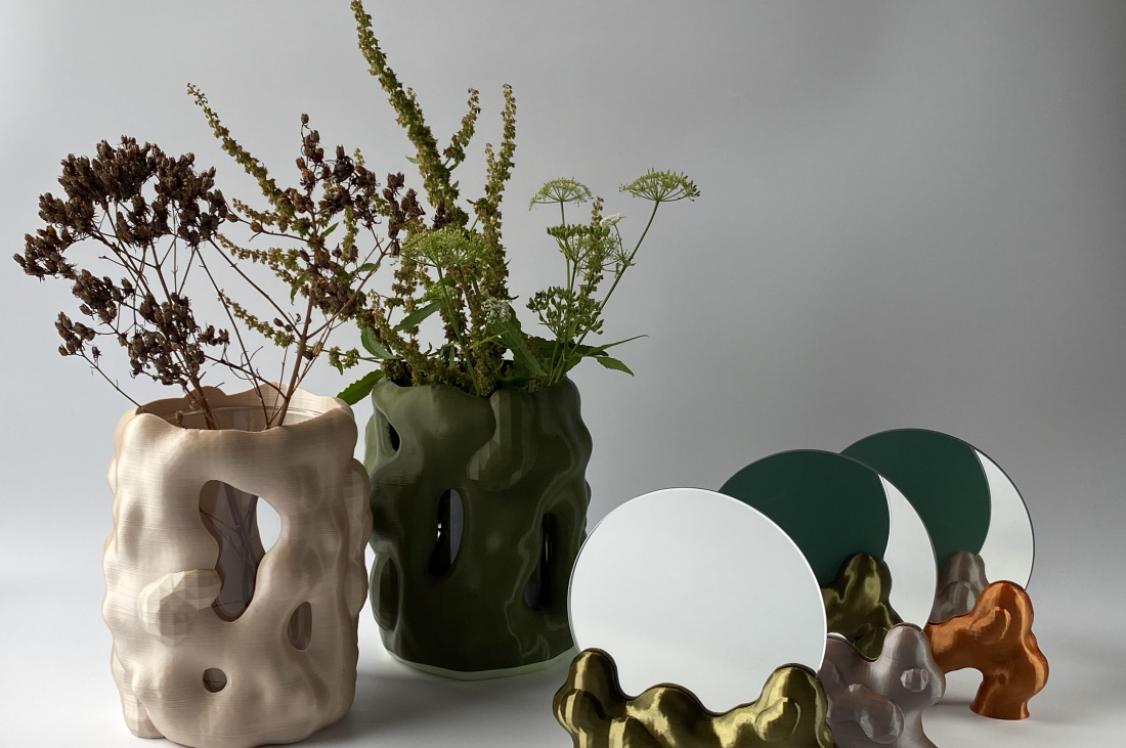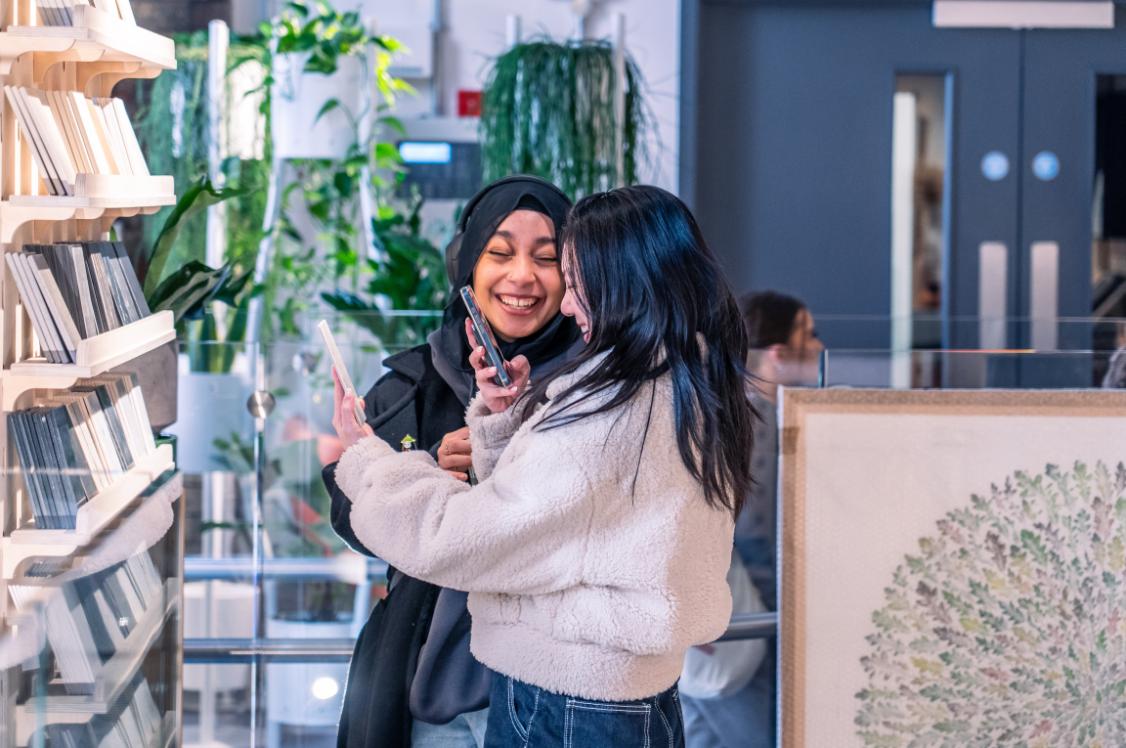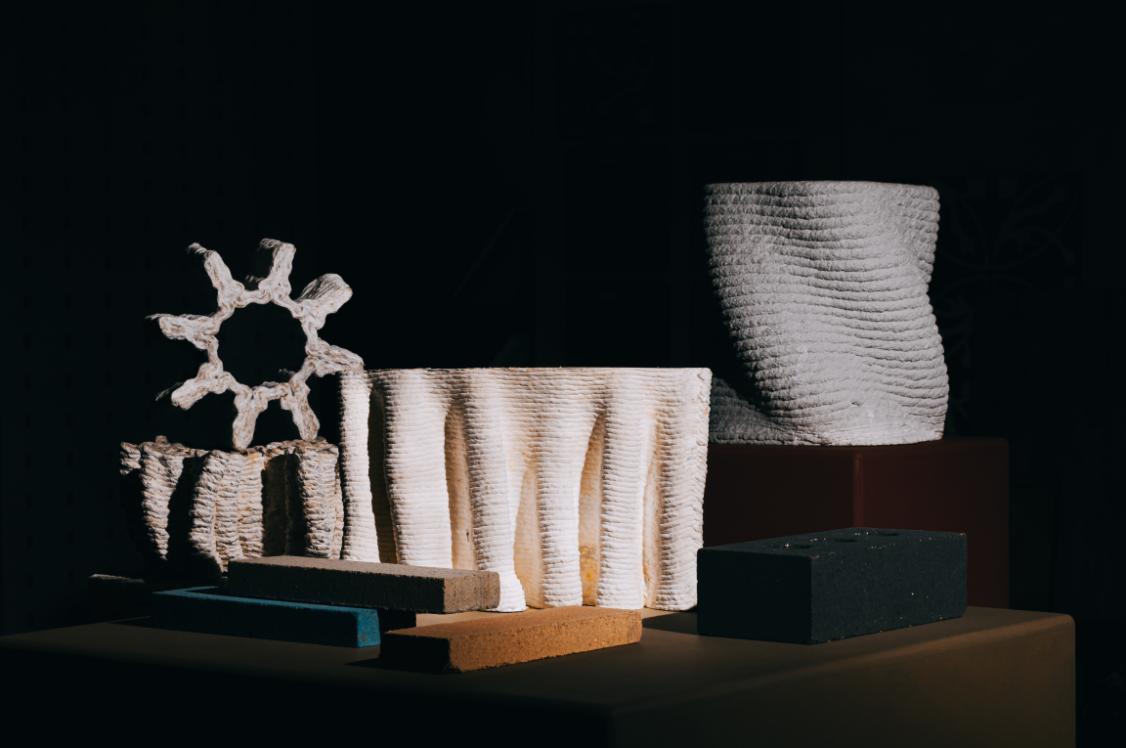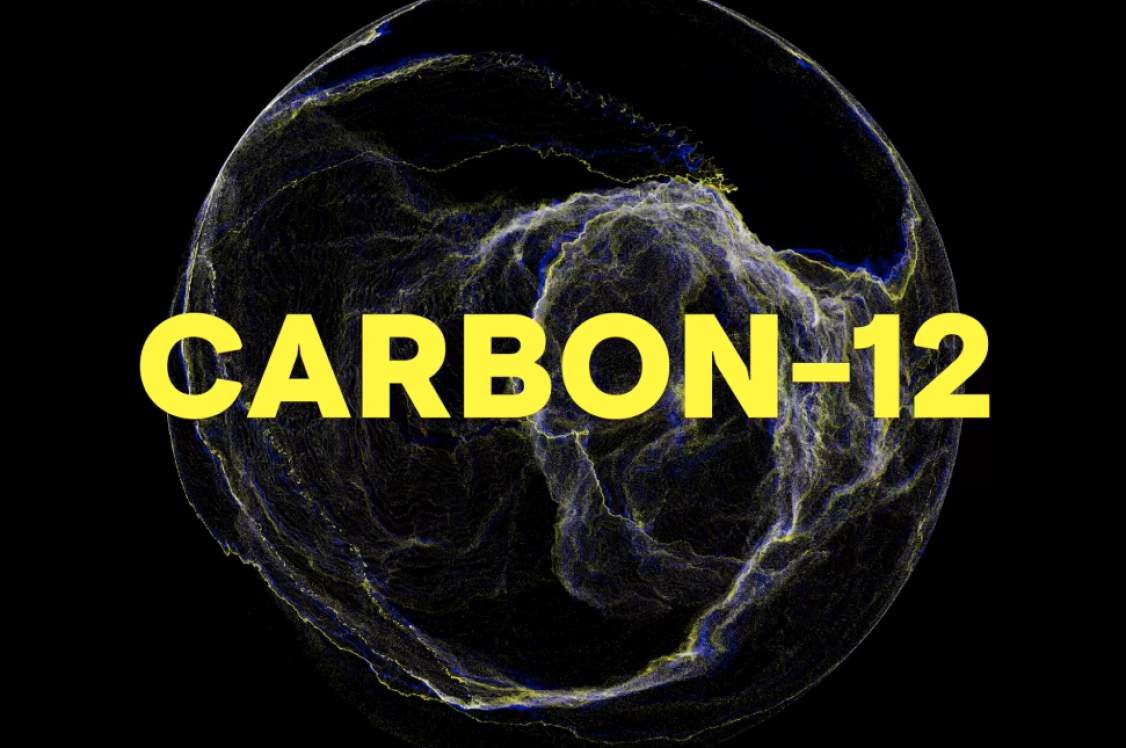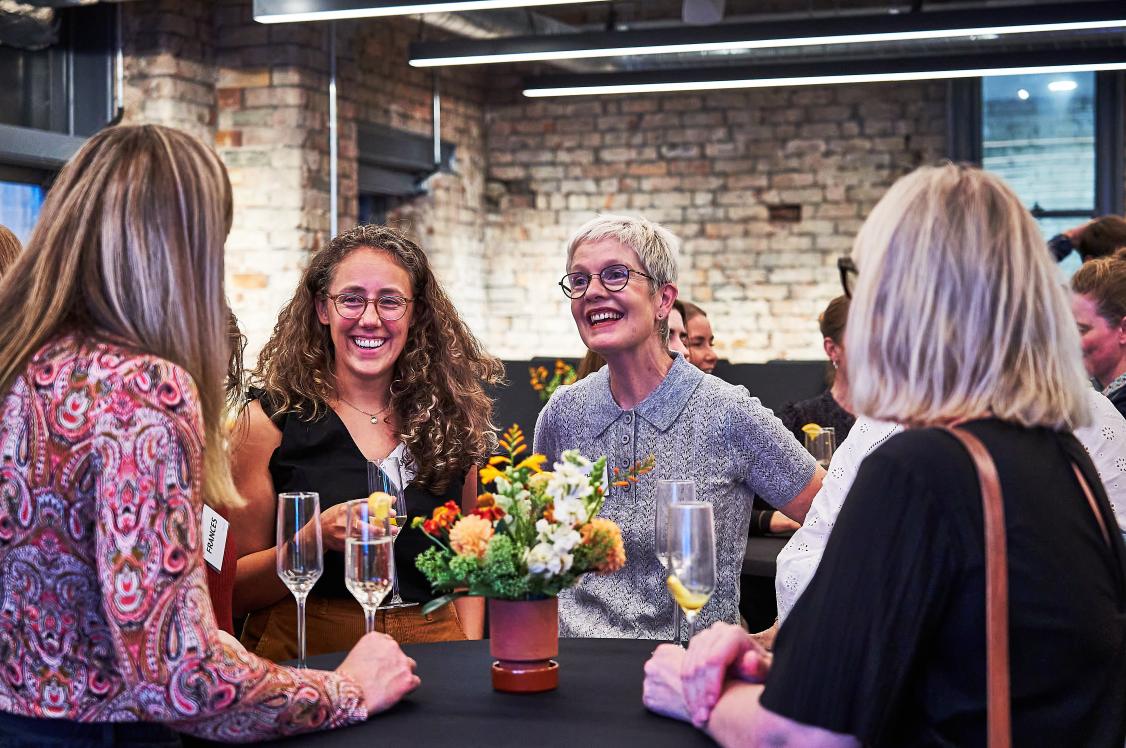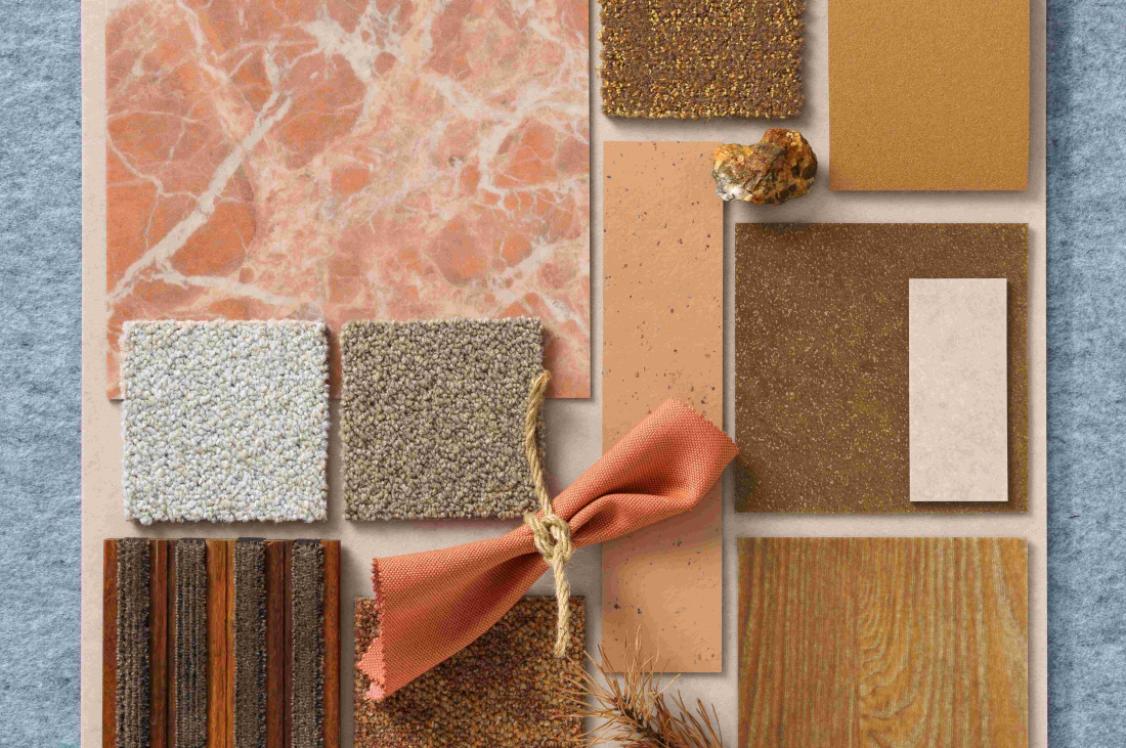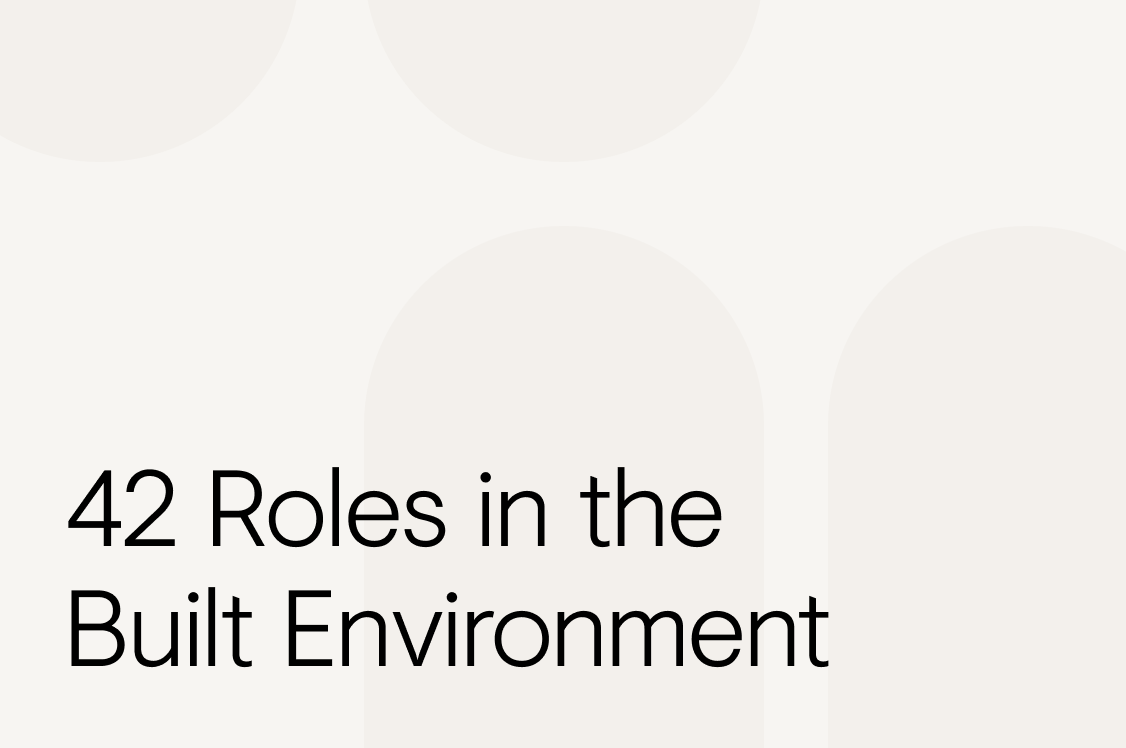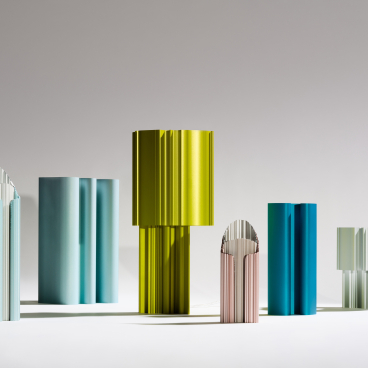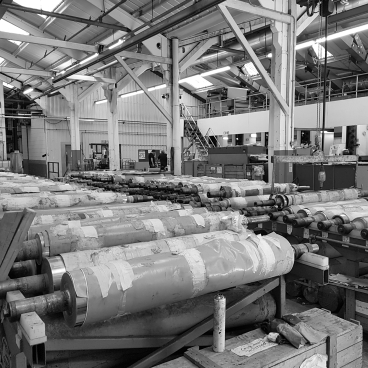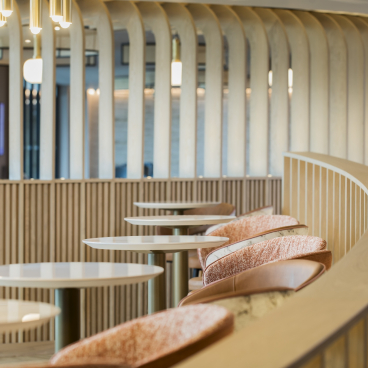Meet the maker: Playful yet purposeful designer, Ewan Crallan.
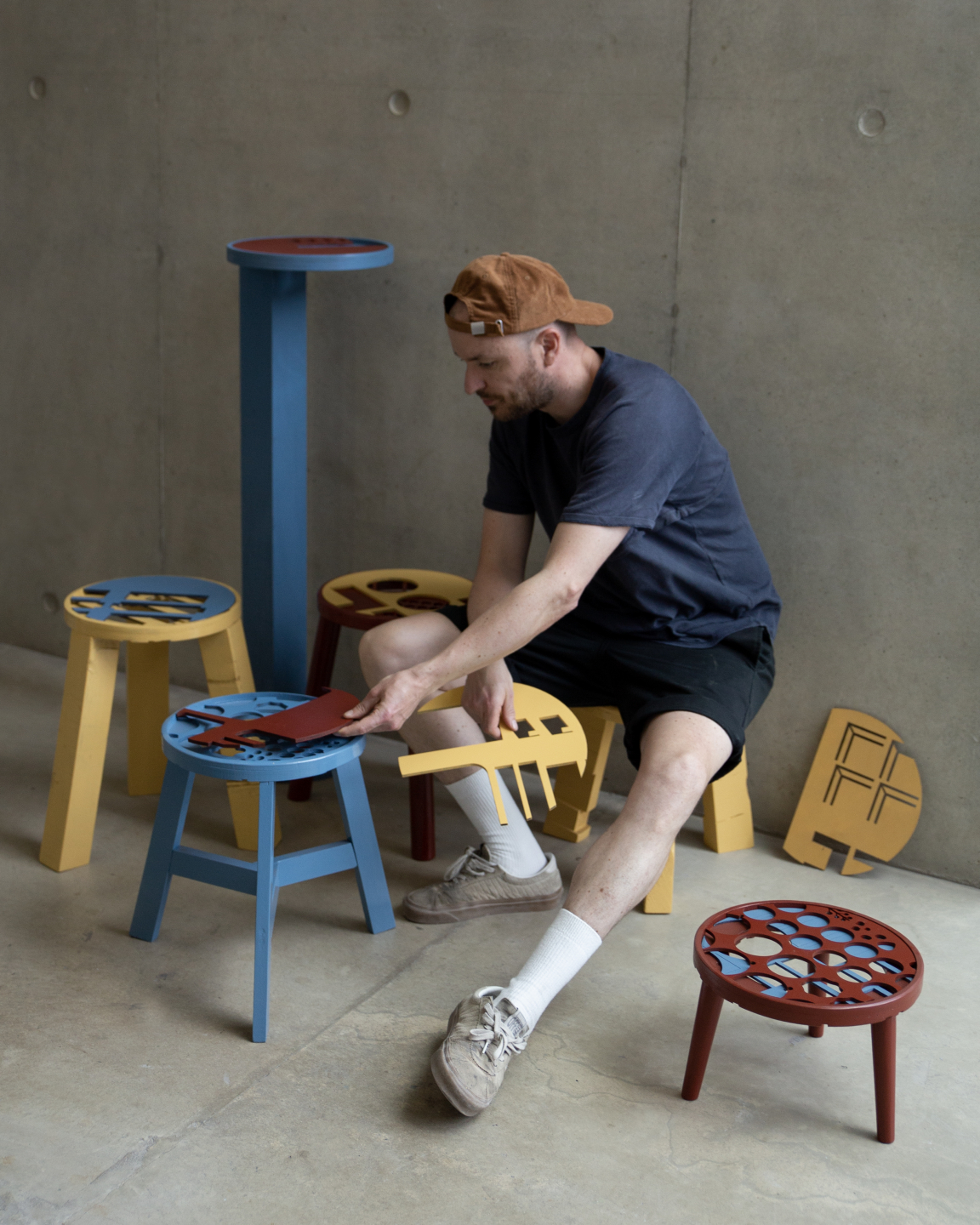
An evening class at Morley College was the kickstarter in avid maker, Ewan Crallan’s creative career.
Ewan’s project KEEP - carefully crafted lengths of extruded, fired and then cut ceramic - is designed to celebrate tiny treasures, and was one of our top spots at this year’s New Designers, ND Selects.
Originally from rural Galloway in Scotland, and now based in Hackney, London, Ewan crafts playful yet purpose-driven ceramic objects, as well as furniture for the home.
His mantra for design stems from a spirit of generosity in designing for others. Although a practised wheel thrower, he doesn’t limit himself to one methodology of making, taking to slab work and slip cast ceramics to inform his practice.
With this refreshing fusion of making processes in mind, we were keen to keep the conversation with Ewan going after initially meeting at New Designers to discover more about his ceramic career to-date and what’s next in the pipeline…
To start off, could you please introduce us to your practice?
“I make useful products for simple pleasures. I am enthused and energised by the connections between people and design. I believe that good design comes from a spirit of generosity in designing for others and that my products can improve someone’s daily experience.”
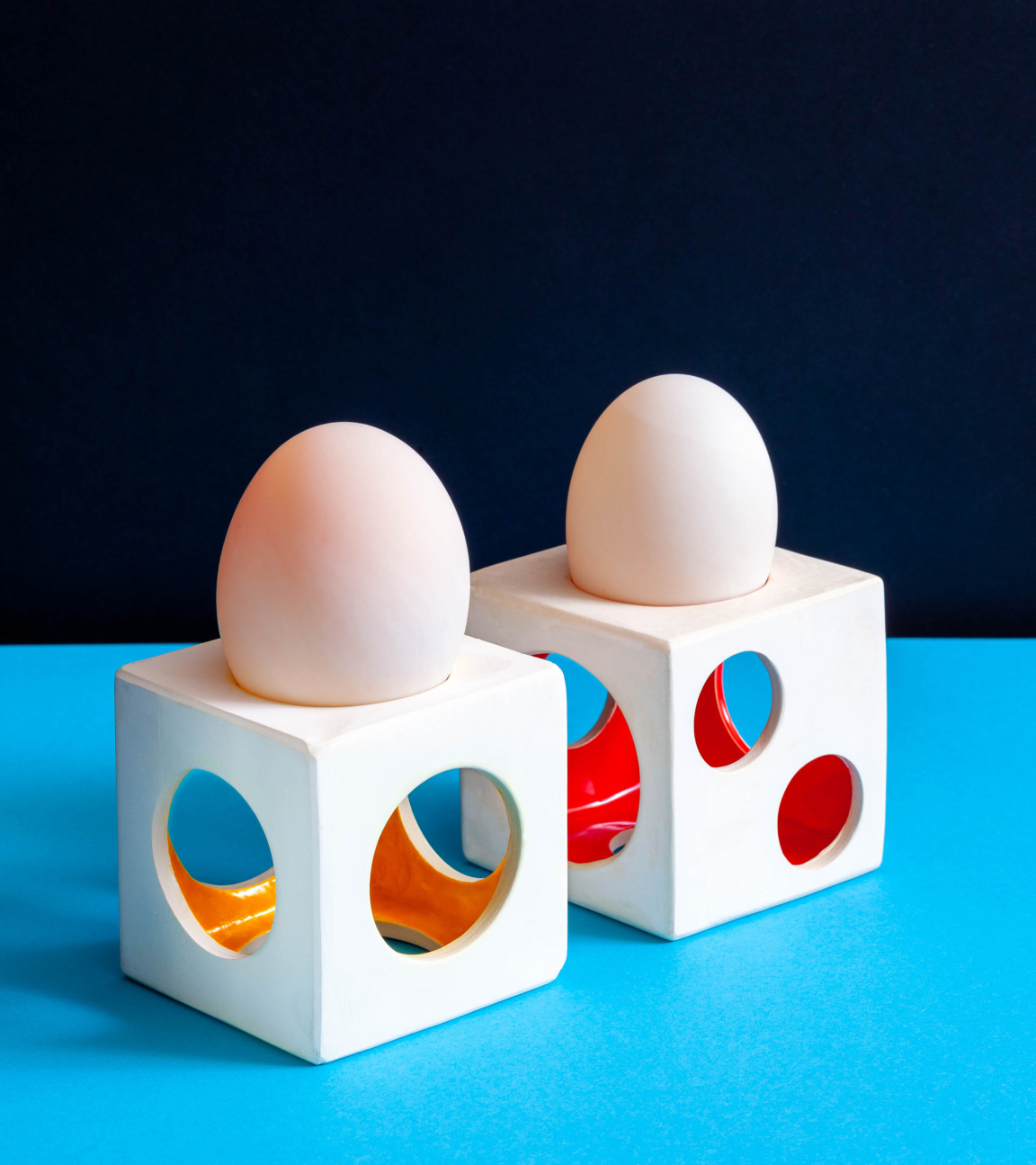
How did your interest in clay and furniture making come about?
“I think clay found me. Really! It's a lovely, long story that sees me pitched towards an evening class in 2009 at Morley College. In fact, I recently went back there to deliver a lecture on my practice to HND Students, which was an absolute treat. Morley College is such a wonderful, creative place.
“Yes, an evening class making pinch pots and slab work showed me how amazing clay is. It's both additive and reductive, meaning you can excavate, or build with it, and although lots of people drive towards the wheel, once you’re there it's all basically round... Slab work, or slip casting allows you to really push towards new forms.”
You're originally from Galloway, Scotland. What brought you to Hackney in London?
“I moved to London with a drive to work in events. I'd created my own in Scotland, and wanted to see what all the fuss was about in a big city. I've been grateful to have had the opportunity to work behind sound desks on music gigs, design lighting systems, and most recently produce webcasts in a TV Studio. I still love this work, and have my own production company that specialises in live video production.”
You made your way onto the Royal College of Art's (RCA) Ceramics and Glass Masters more unconventionally than most. Can you tell us about your time there?
“Yes, I think doing your own thing is something that the RCA values. While at Morley College, doing evening classes with Annette Welch, I used my video production experience to make a short film entitled, The Drop, which ended up being screened at the Crafts Council Film Festival, Real to Reel. Duncan Hooson interviewed me at CAL (Ceramic Art London) on stage, about how I persuaded 16 potters to throw their own work from a second storey window to see what would happen!
“I think strictly speaking you have to have a degree to get into RCA, and I do have one in an unrelated discipline of Communications and Mass Media, but an art college at Masters level is a different beast altogether. You get to levels of discussion with artists from all over the world which are intriguing and instructive. Also, there are lecturers like Matt Raw in Ceramics, Freddie Robins in Textiles, and Tavs Jorgensen in particular, who are important artists to me and great people too.”
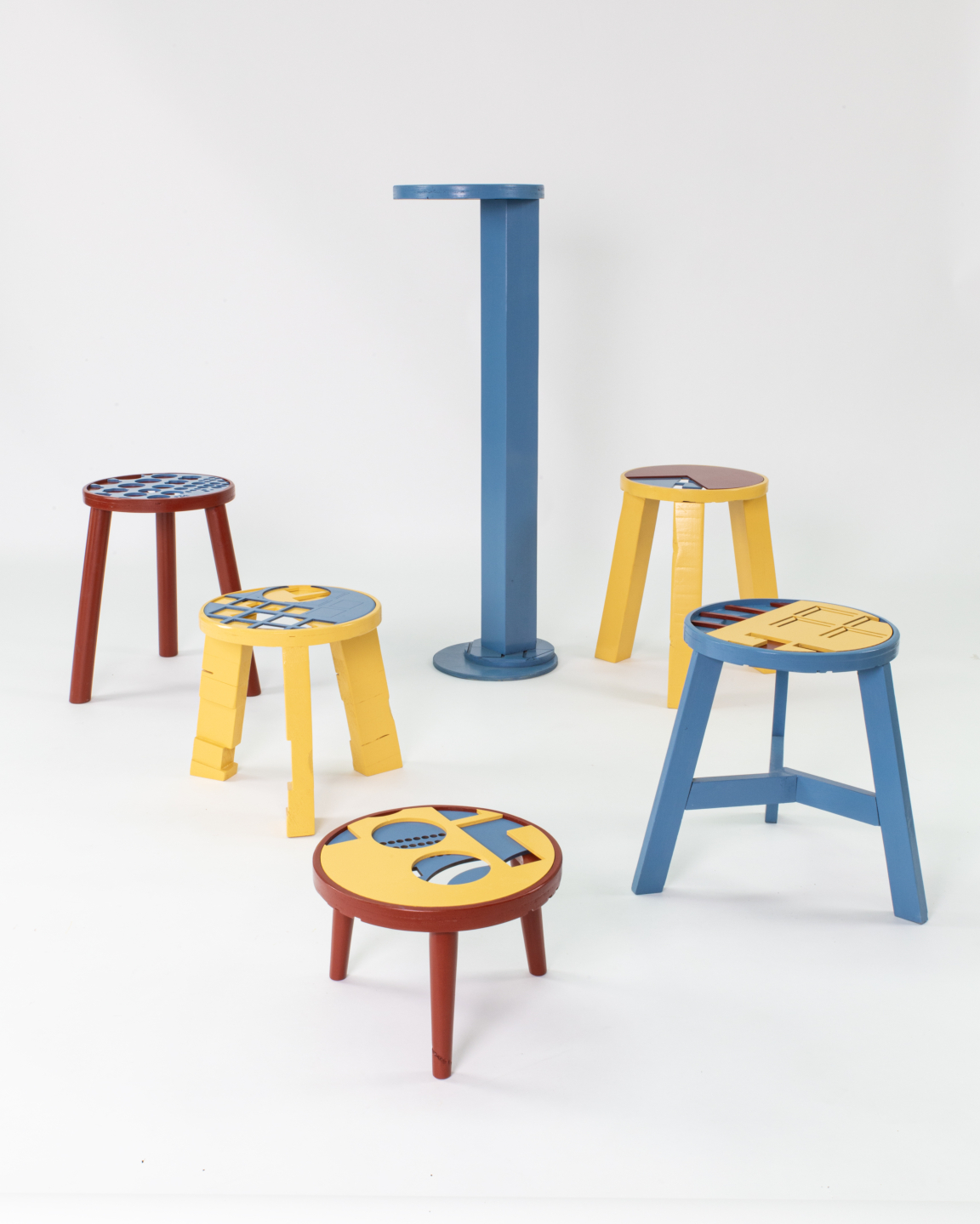
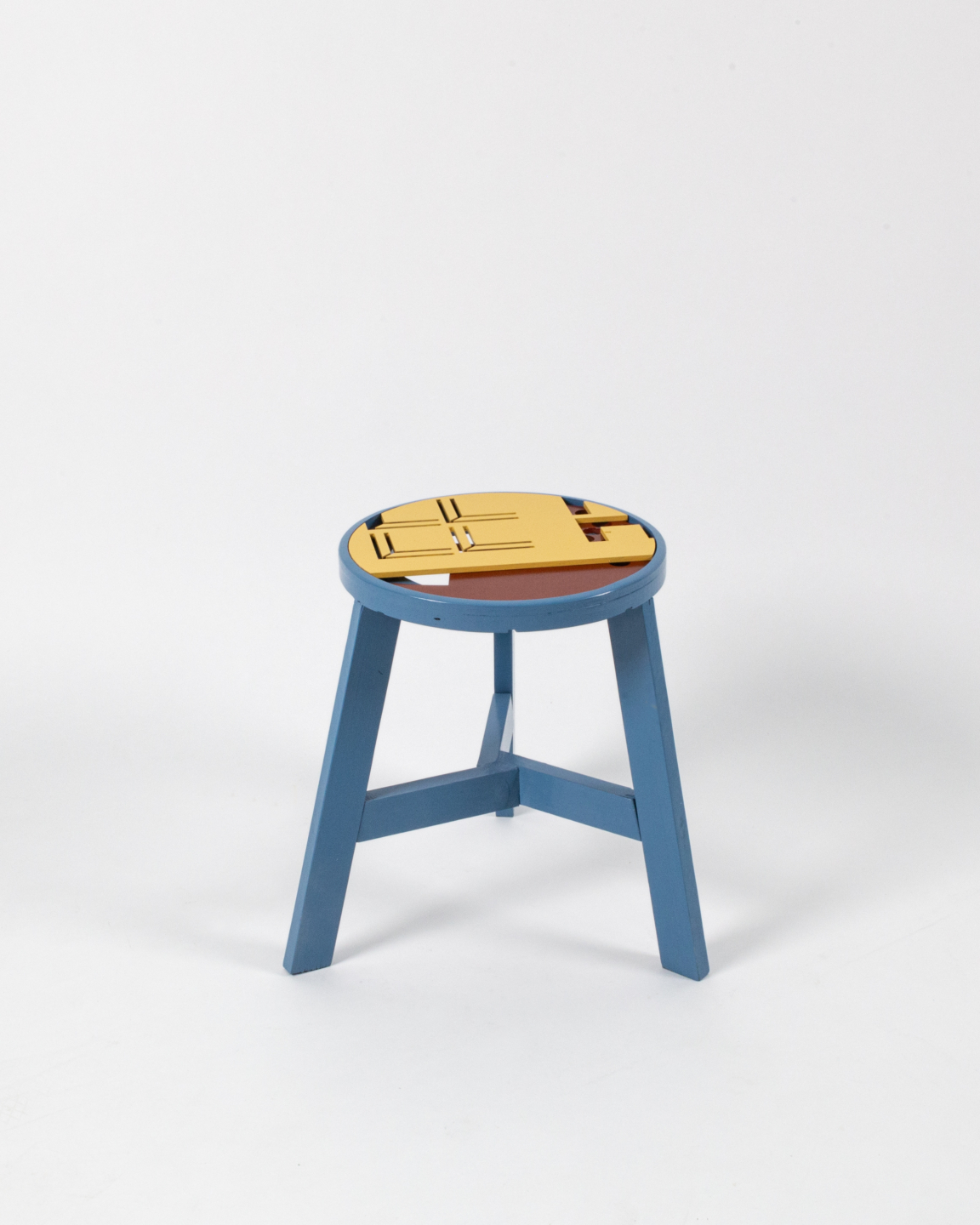
What were some of your top takeaway lessons learned from studying at the RCA?
“The area I applied for centred on ceramics and glass. This crossover from clay being fired, as well as glass, was exciting. Hot glass, and cold working of glass was instructive for me. I absolutely revelled in the cold workshop - diamond saws, and flatbed grinders, and what can be done after your work comes out the kiln.
"A top takeaway was definitely the material knowledge I absorbed. I didn't realise just how good the workshops are! Metal, Wood, CNC / Laser, Jewellery. These places, and critically their technicians, are outstanding. You get time to explore and investigate materials.
What I learned is that I am interested in much more than ceramics, I am hungry to design.
Could you please talk us through your project, 'KEEP'?
“KEEP is for the thing that you don’t know where to put. It’s the thing to hold your thing. To elevate and celebrate. Mounted easily on the wall with custom metal brackets, a family of coloured shapes and sizes make up the range.
“Scale is all important here. Big things find their own space in your living space. Small things are not afforded this luxury. Lost in a drawer, ignored in a box, we retain the toy car, the pebble from the beach, the ticket stub from the gig because of the value to us. It’s time to put those things on display and enjoy them.”
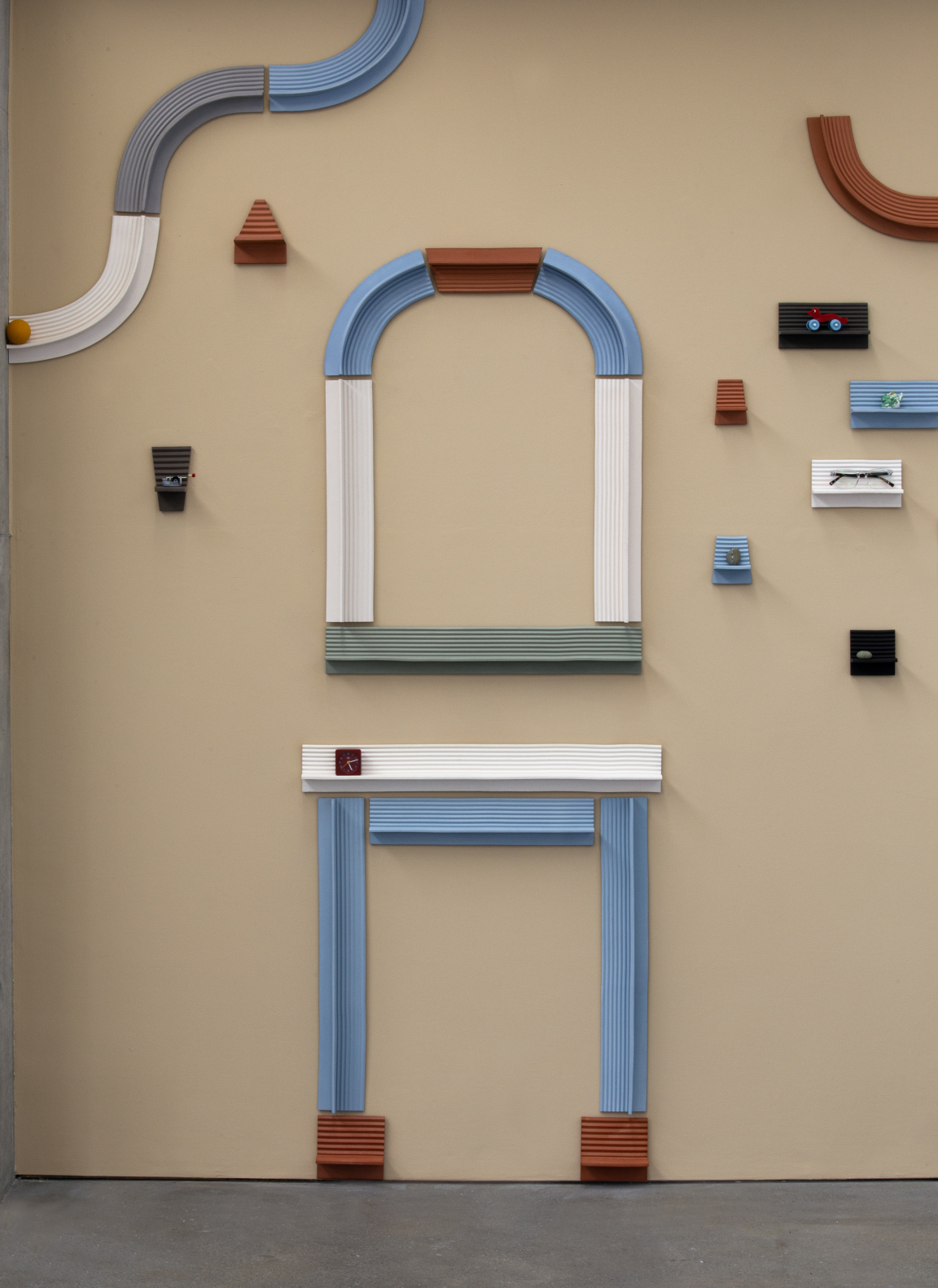
How has 'KEEP' evolved?
“KEEP started as purely ceramics. But the concept then gradually grew to become so much more and also feature wooden furniture - using materials that others did not want to retain. I think sustainability has become everything to everyone and is meaningless in the end. As a designer I think I have a responsibility. I prefer to use that word. Designing using materials that CNC / Laser factories were discarding seemed really fitting. And the factory found me measuring my own bum to figure out the dimensions of the seat, kind of funny.”
“The term, KEEP, is broad. And it has evolved most recently to include a large scale mirror. I was interested in what we see in this everyday reflection and as a lot of my work is about multiples or series, it was fun to work on a unique piece. The feedback at New Designers was really positive, lots to follow up on.”
There is an undeniable playfulness to each of your pieces, encouraging users to engage and interact. Why is this so important to the objects you make?
“You’re right, It’s important to me to have fun. A spirit of generosity in designing for others is often a start point for me, and we can have fun doing this."
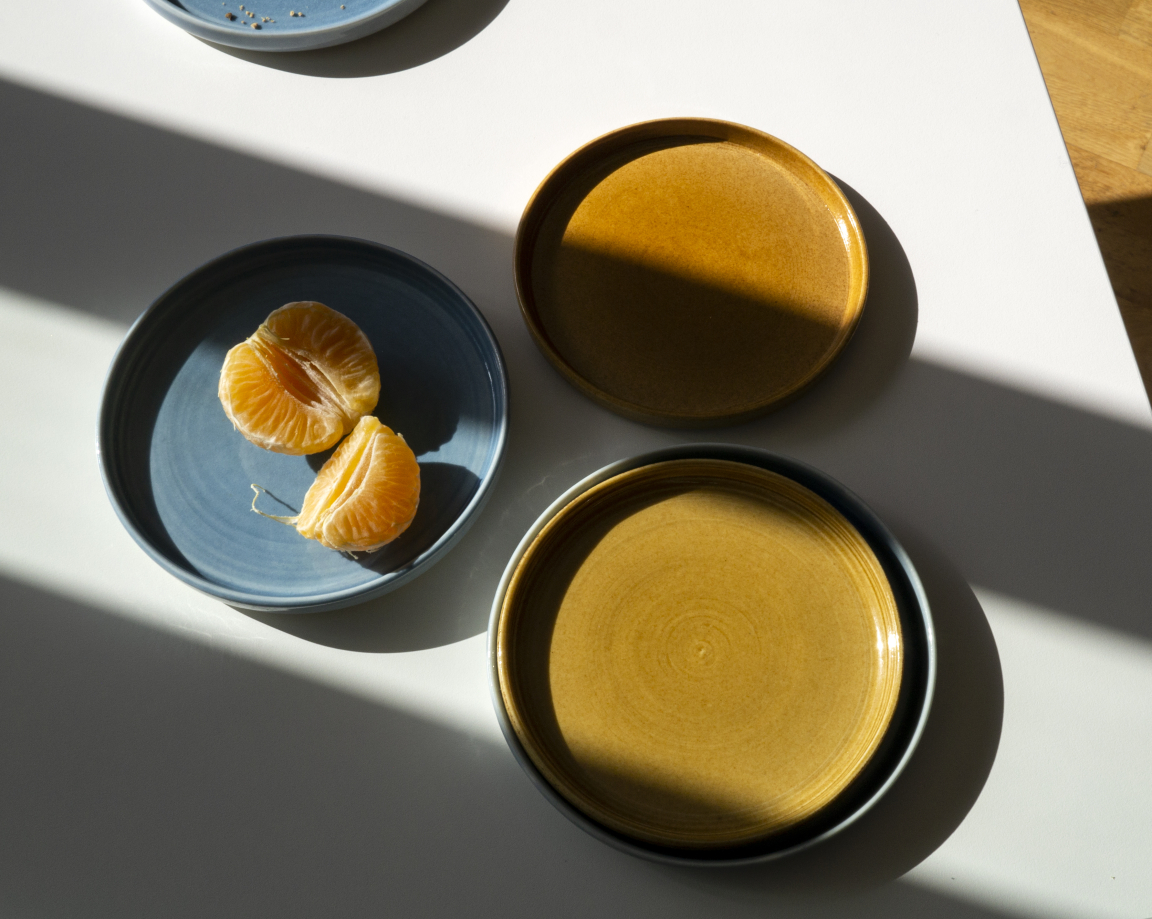
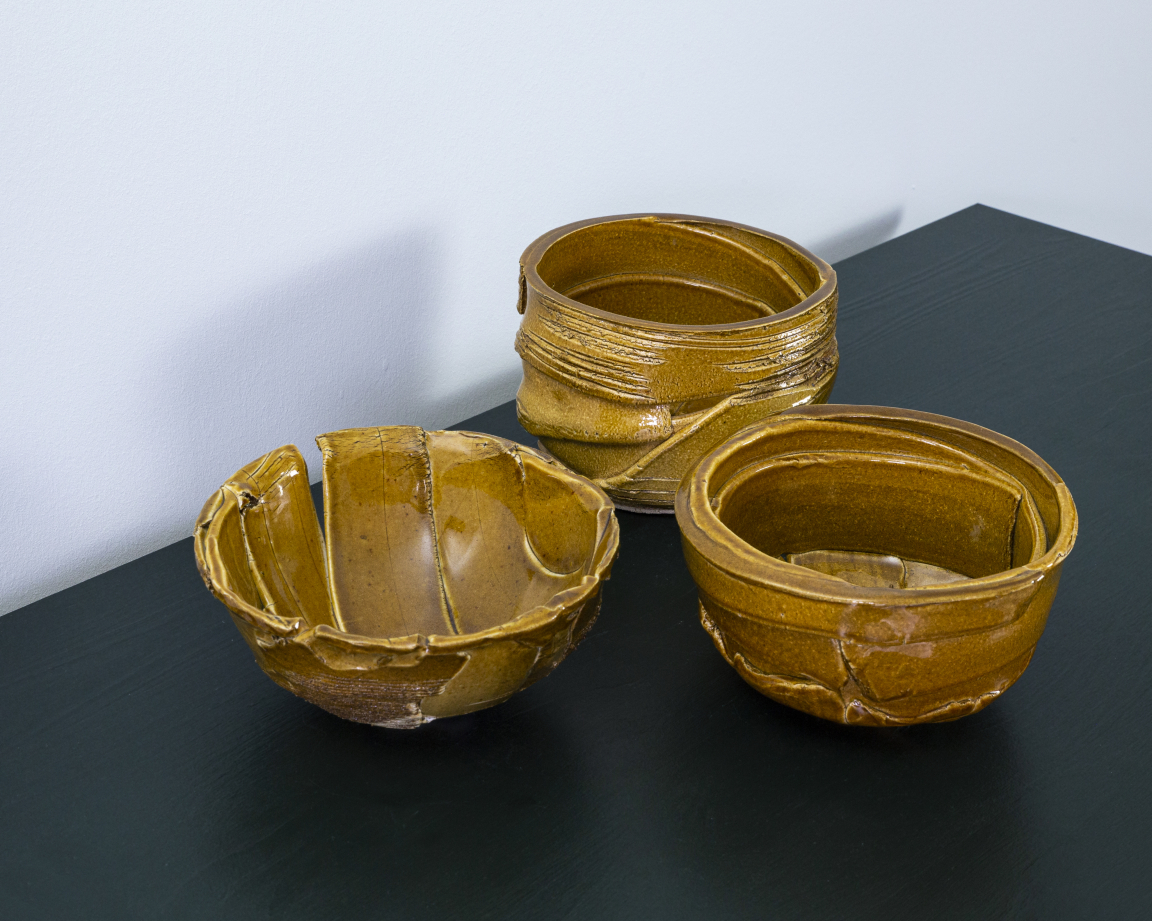
Who are some of your creative inspirations that have influenced your practice to date?
"I feel really lucky to have found some wonderfully talented and kind people inside the ceramics community. I think my inspiration is often fed from projects or practices rather than individuals. For example, on a recent trip to Holland, I witnessed small scale ceramics factories using industrial practices to make for upcoming and established designers. Employing local people through a range of hours, and with a range of abilities, they were outputting world-class design. It was thrilling to see.”
Could you share with us some of your earlier ceramic works?
"Yes - the green / black speckled piece photographed below is porcelain with a celadon glaze. Celadon is normally a pale green colour, and is a glaze that has been used for thousands of years. It was found on pieces from the Shang dynasty! I created my own celadon using copper oxide to create those speckled parts, spraying the glaze with several very thin coats.
“And the garlic dish is part of a range called 'Force Bowls'. These bowls were forced at every design stage. Two separate clays pushed through an extruder, then turned wet over a plaster hump, and combined on the wheel. Covered in a dolomite glaze, they rest in their forced state. There are some other 'force bowls' coated in a honey glaze too!”
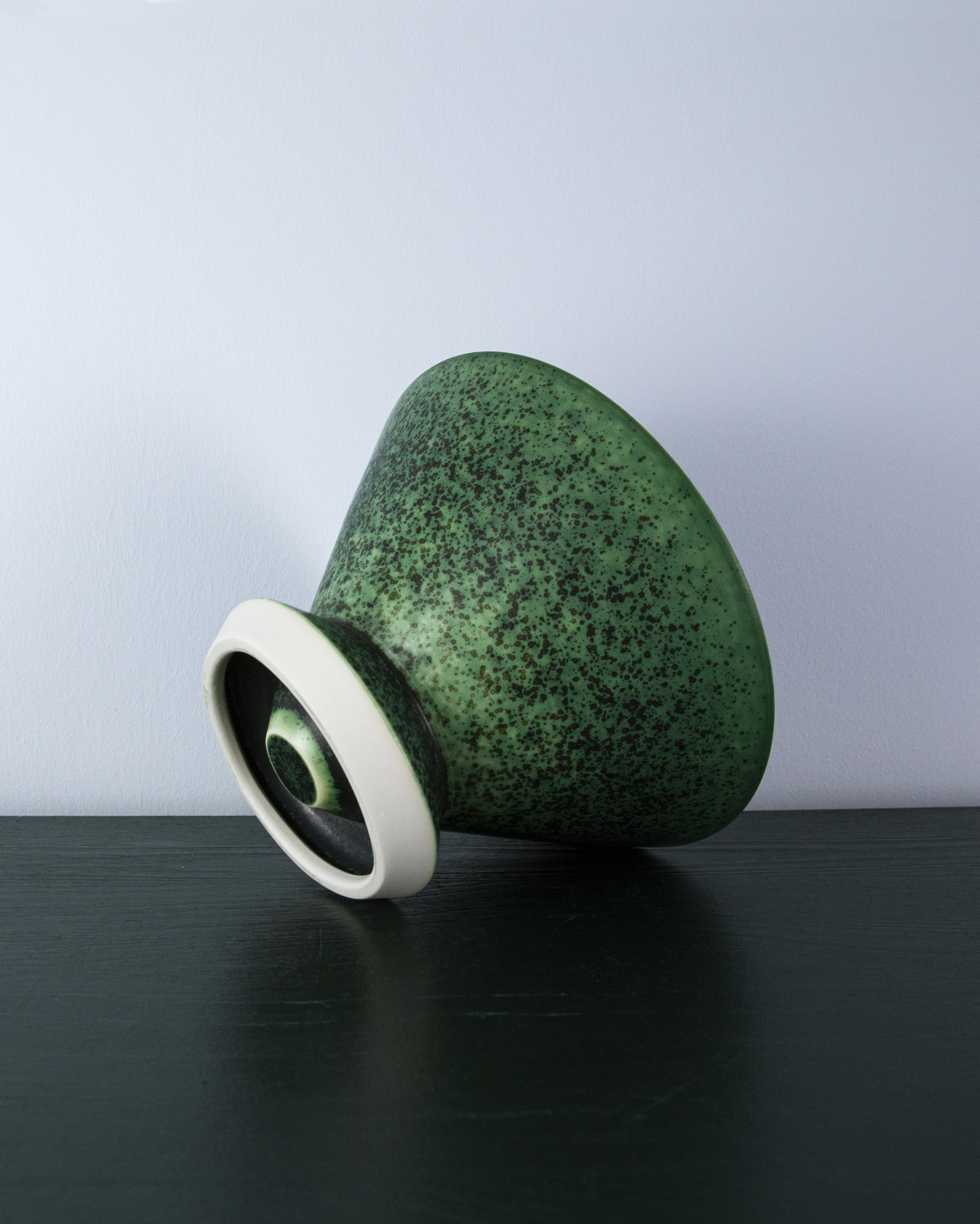
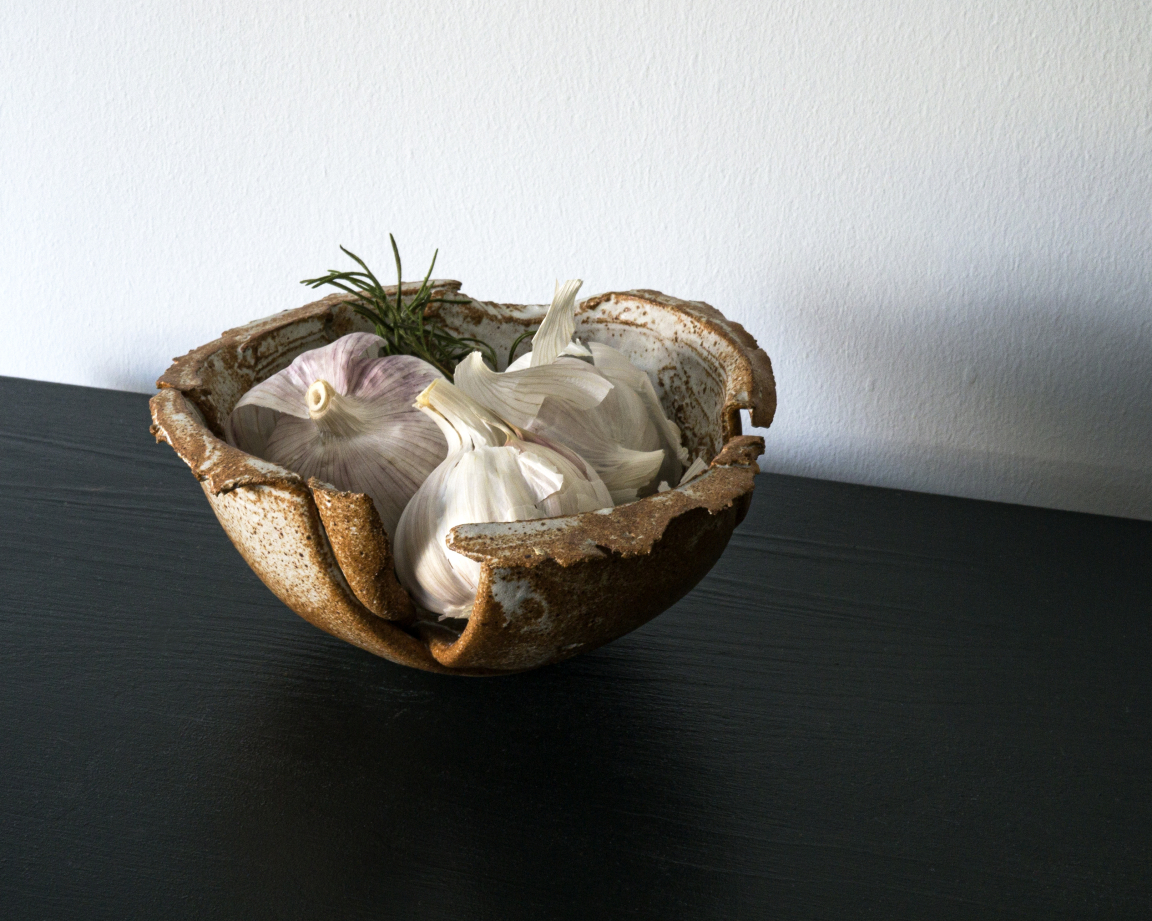
We were glad to catch you at New Designers! What advice would you offer designers just starting out, and in particular those embarking on a creative career slightly later in life?
“Starting out a wee bit later in life is a double edged sword. You can feel maybe it's too late, and also that perhaps you should be sticking with what you know? I also had some feelings of being out of my comfort zone. But really, you just have to go for it. Wiser designers than me have said it in lots of different ways, but essentially, you just have to keep on making.
“In terms of advice, what really helps me is focusing and listening to the people who provide support. My girlfriend, Amie, made it all possible by taking on more family responsibilities during the Masters at the RCA. And I'm especially lucky to have family and friends who have always believed in me.
"If you sit down and make a list of what you could teach people, you will see that there are transferable elements. It might not fit directly into your new chosen discipline, but in some cases it can slide across. In my world, inspiring people and bringing them on a journey towards a shared goal, this same energy and drive can be used to design and create.”
And finally, what's next for you?
“I am building my own large-scale extruder using some principles that Rich Miller of Froyles Tiles, and Throwdown fame, told me about. I won’t give away all the secrets, but it involves a linear actuator! I’m doing this in my studio at Thameside Studios, Woolwich. More rheology, and more transformation.”
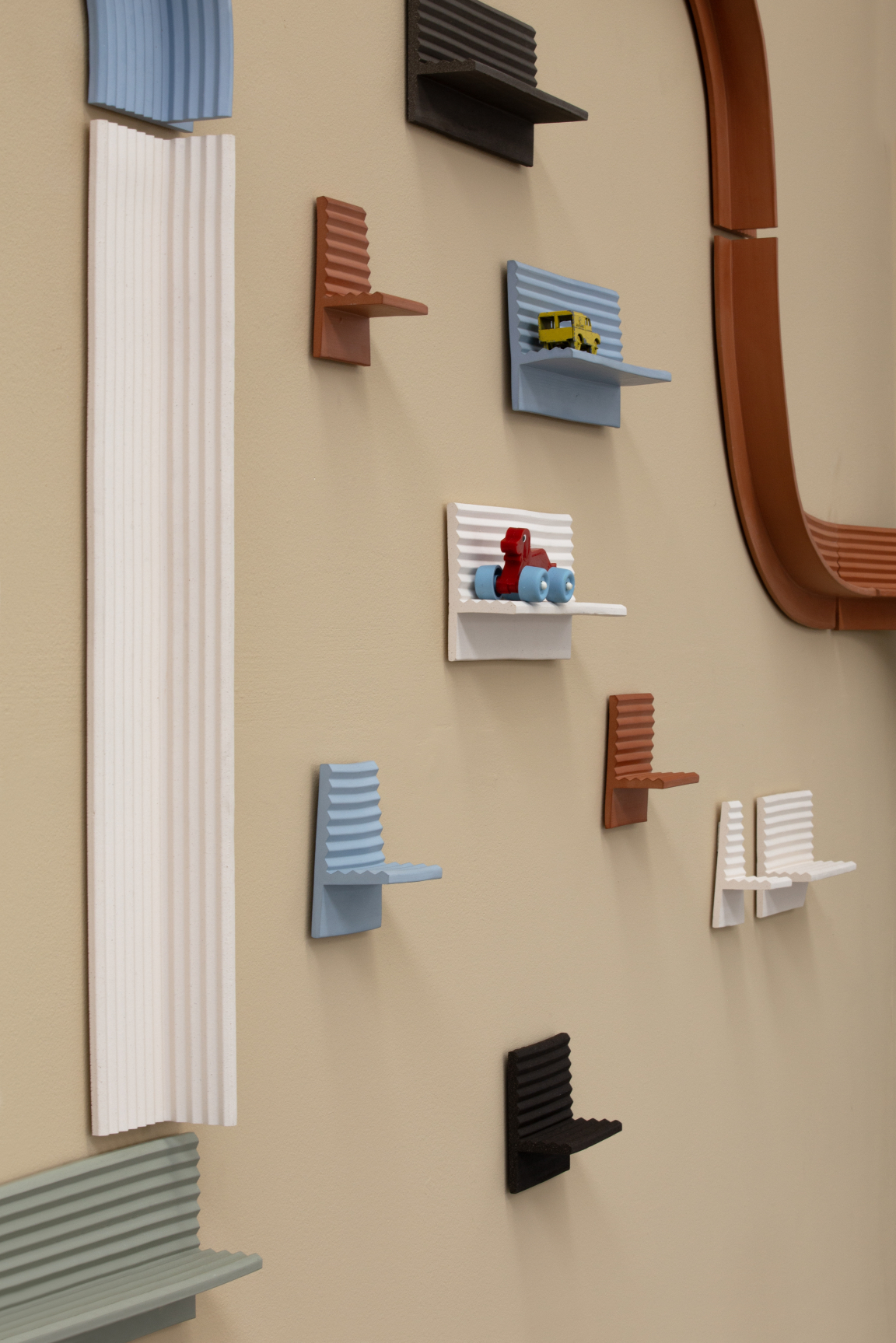
To discover more about Ewan’s work, click here.


